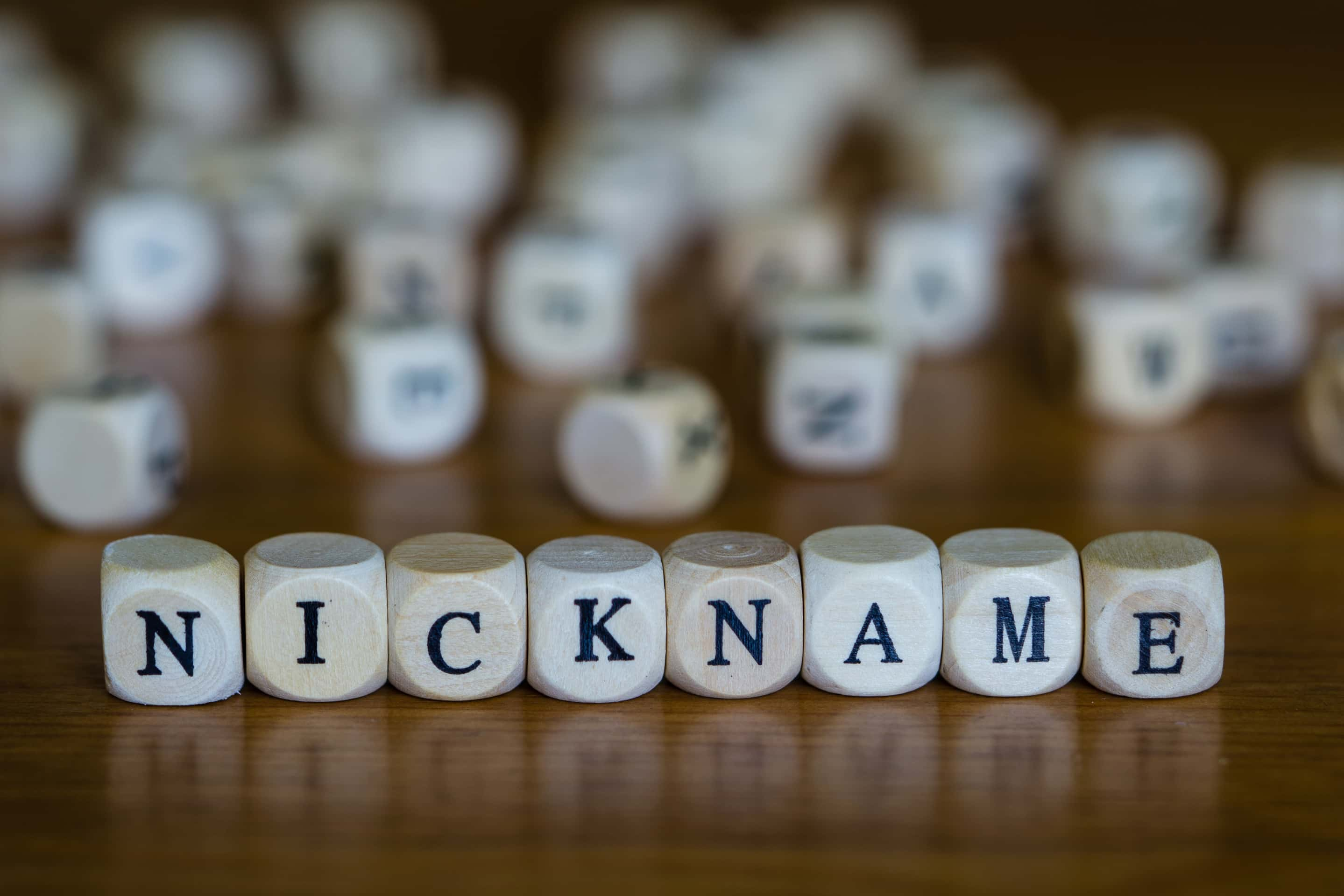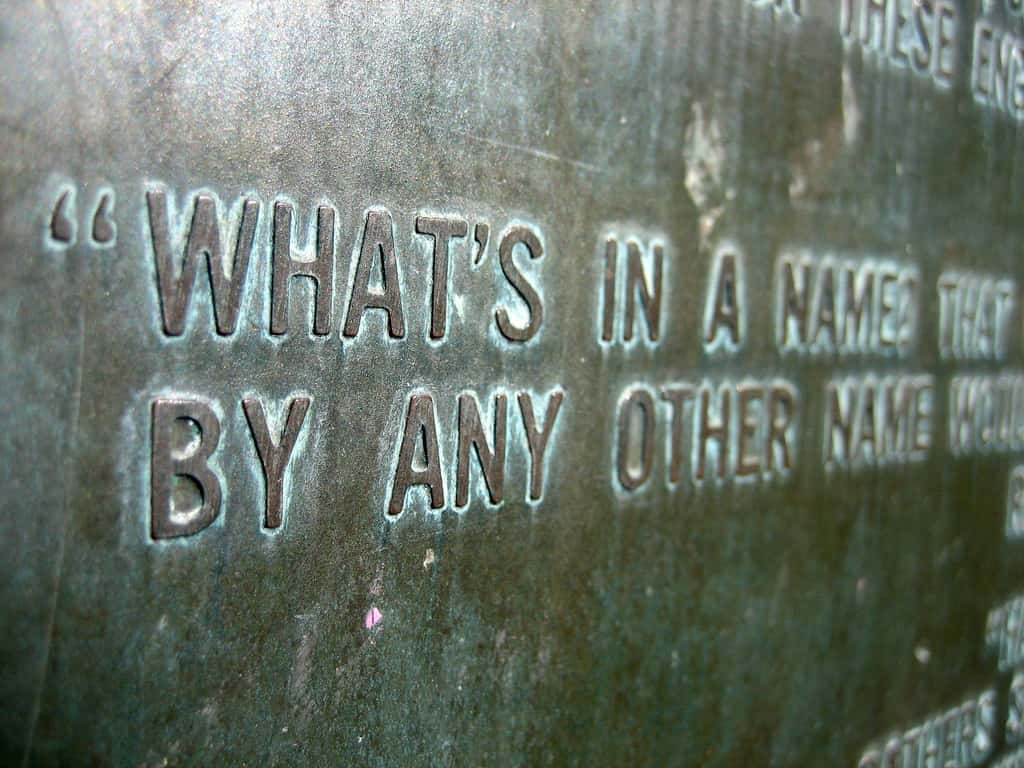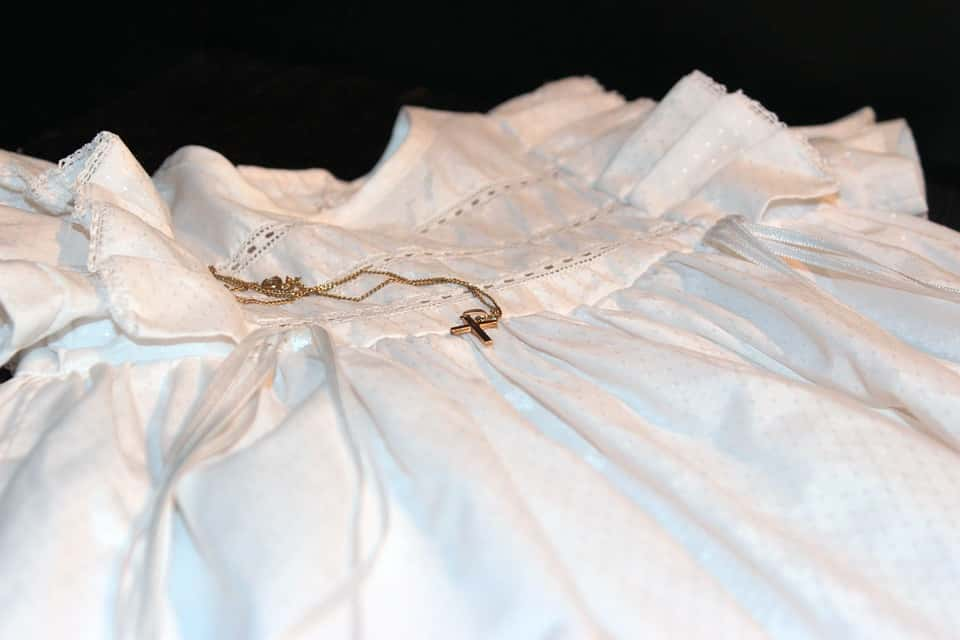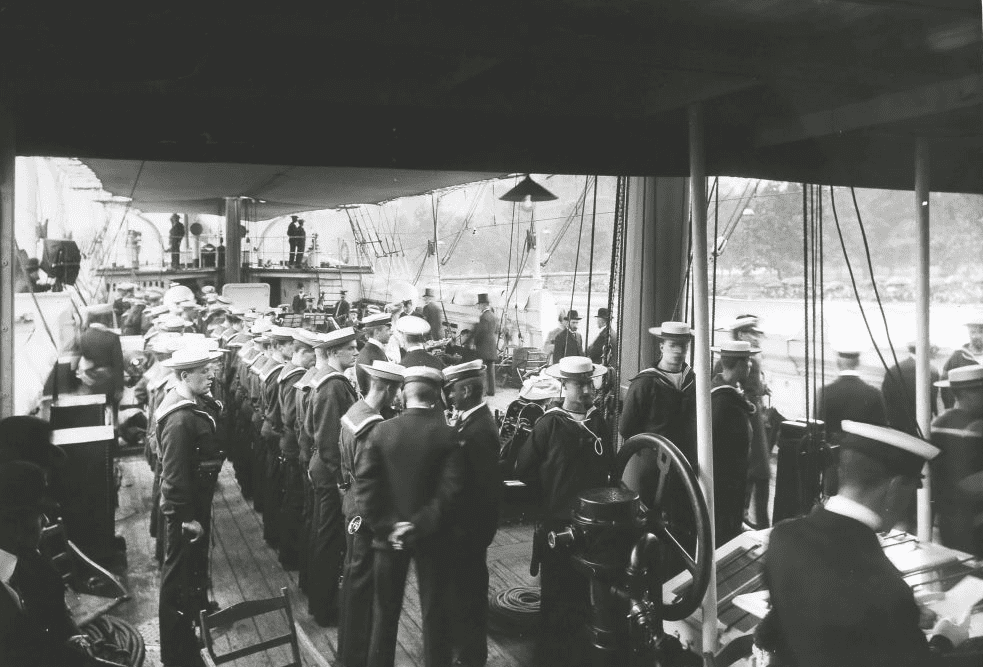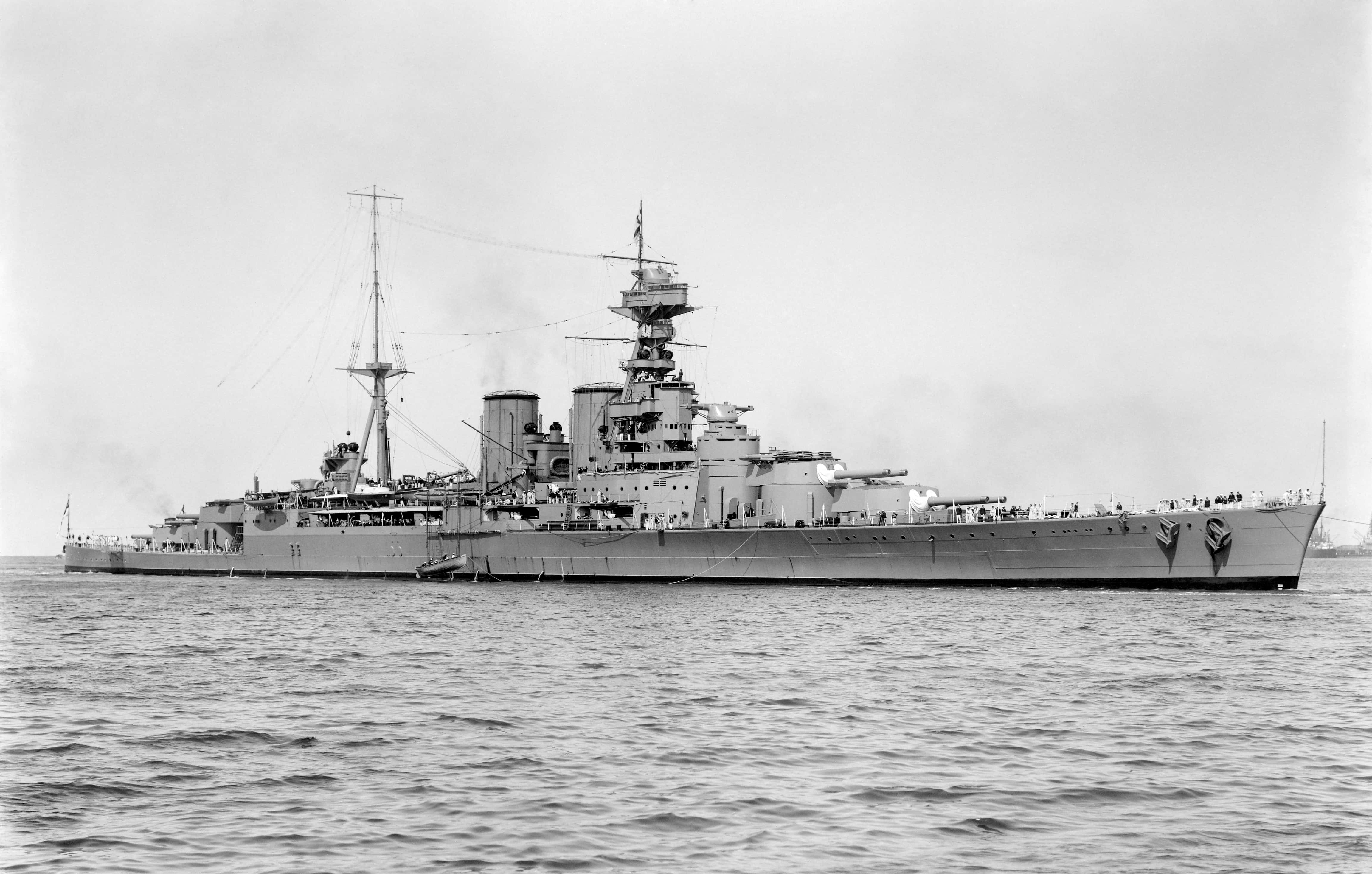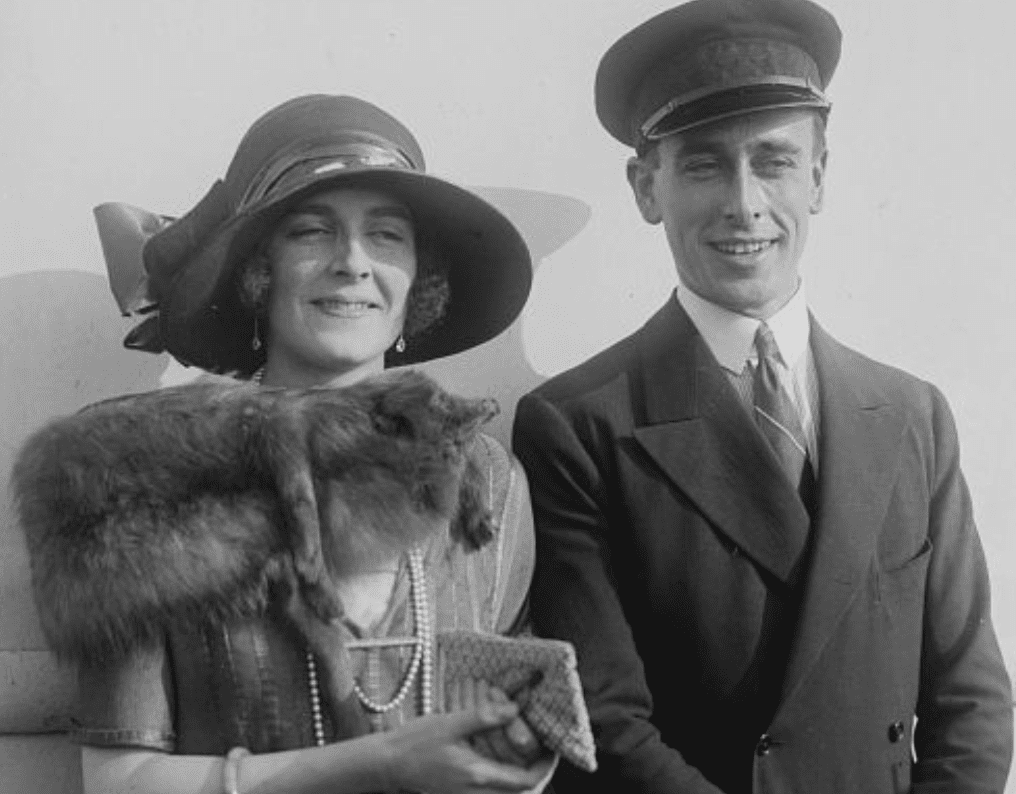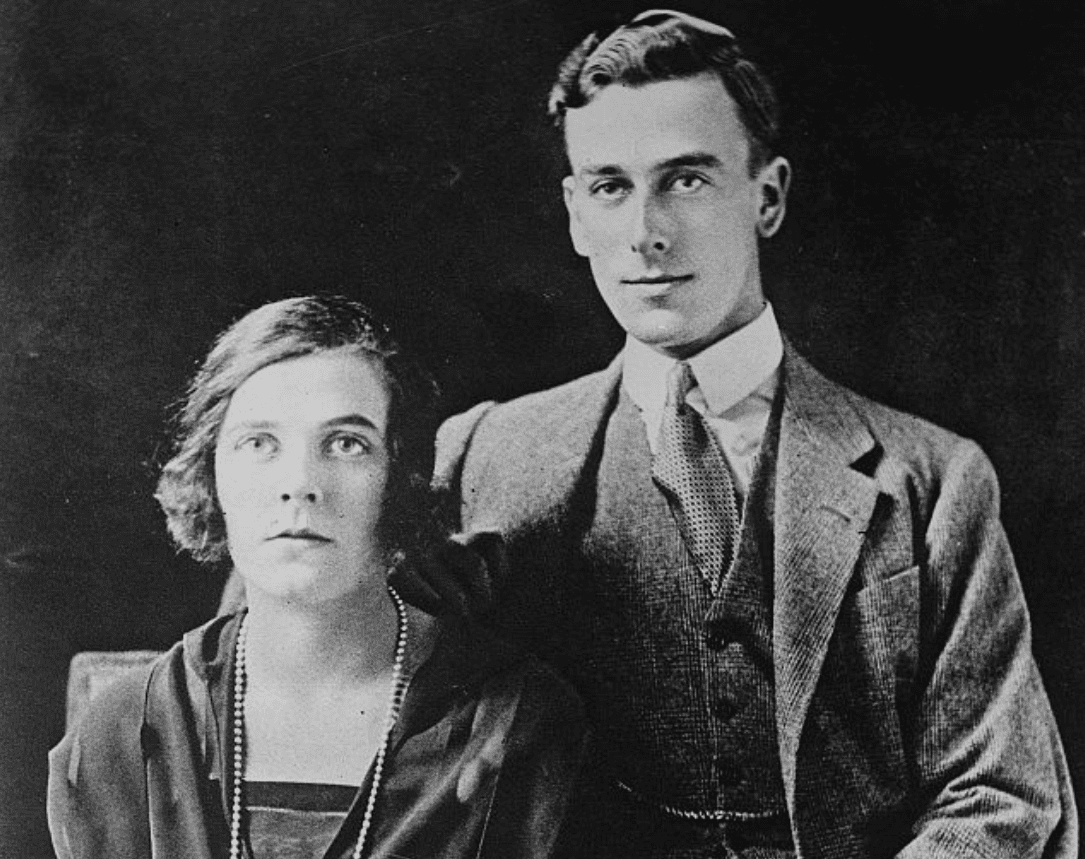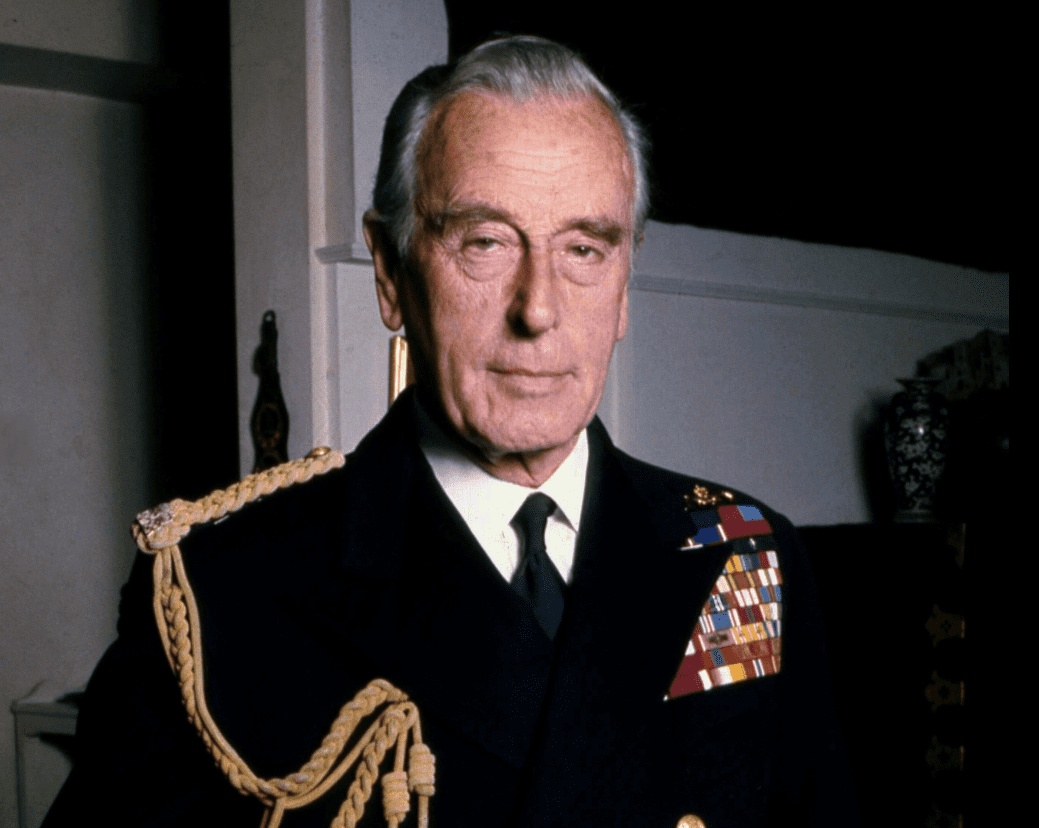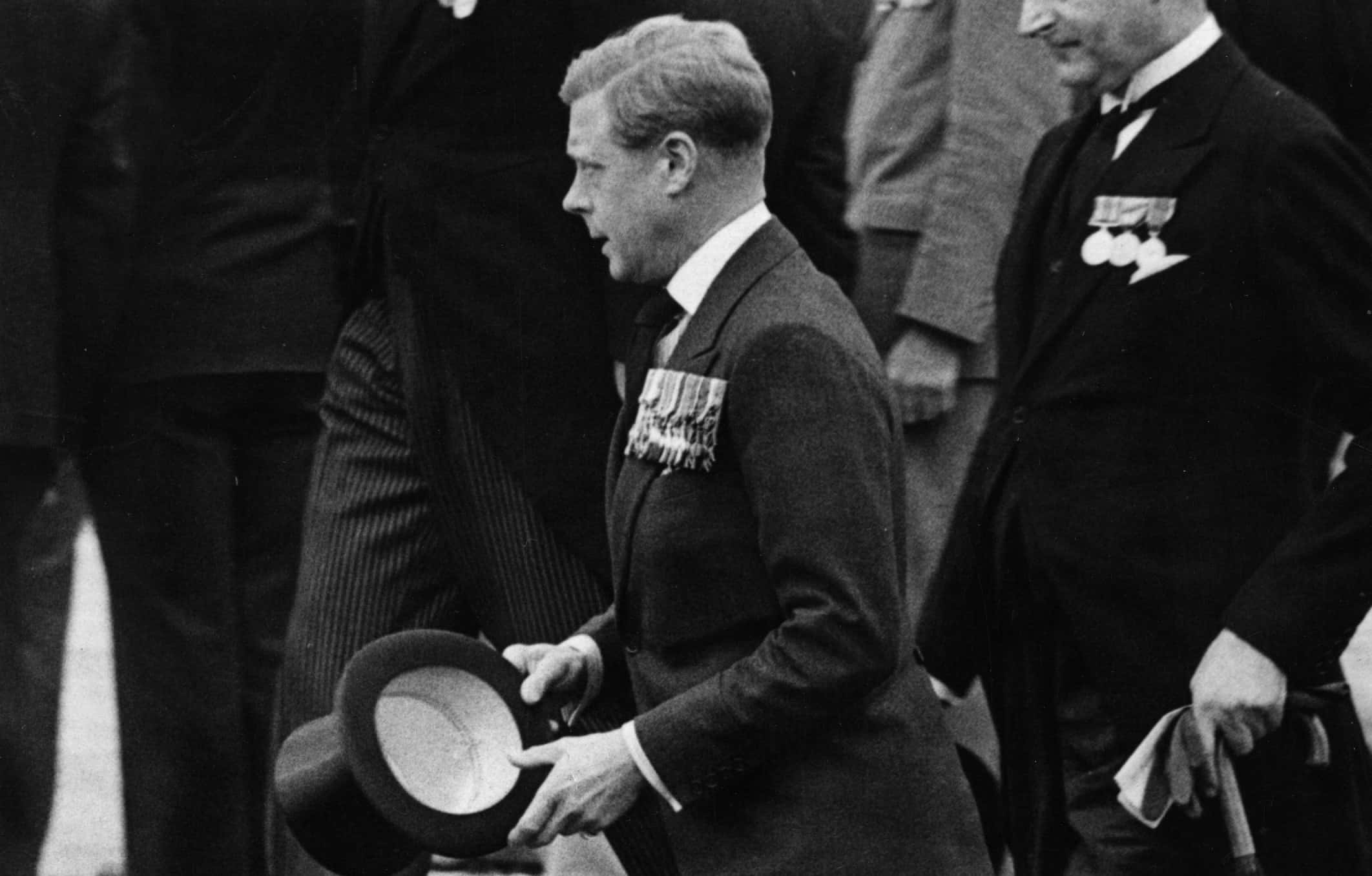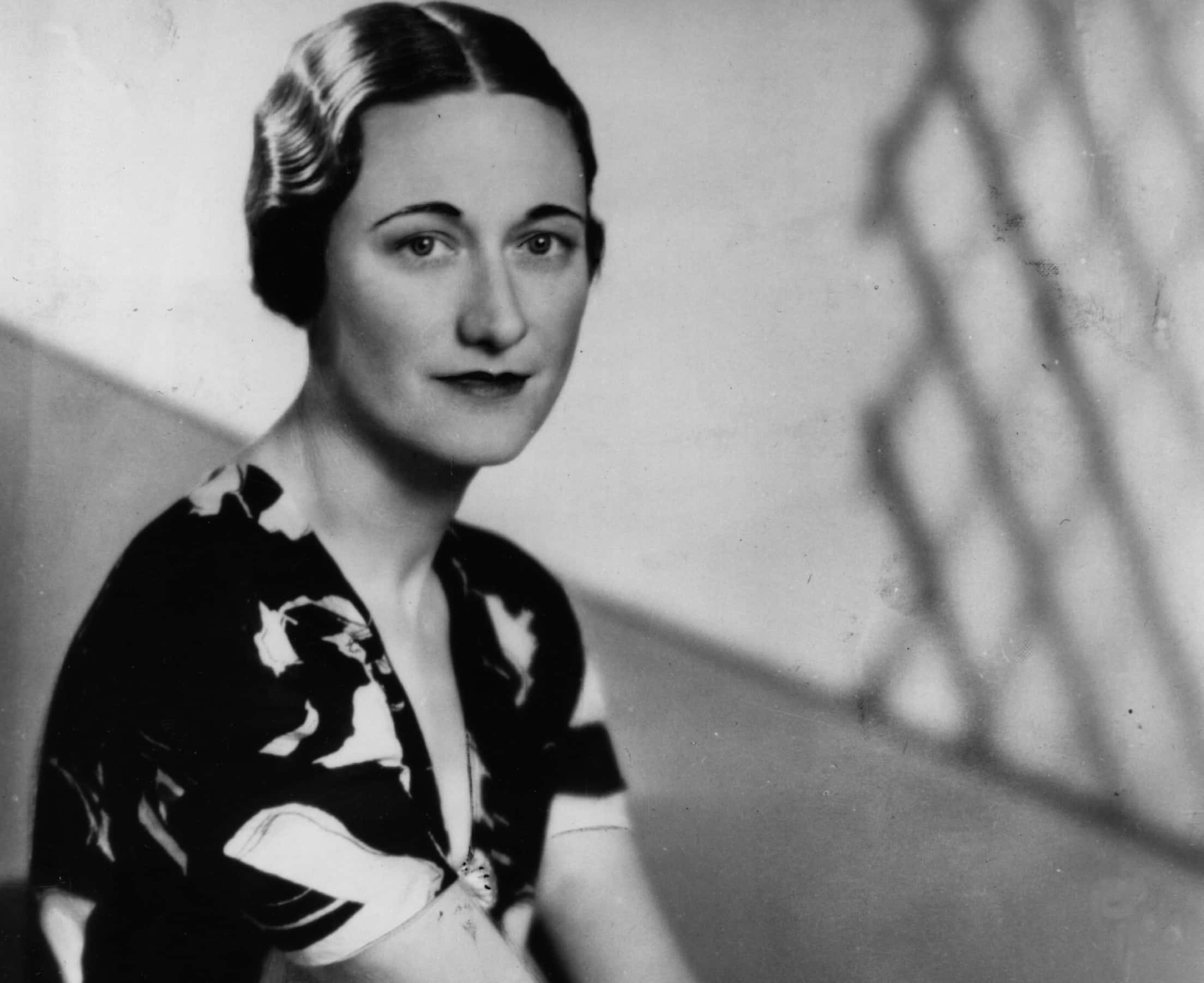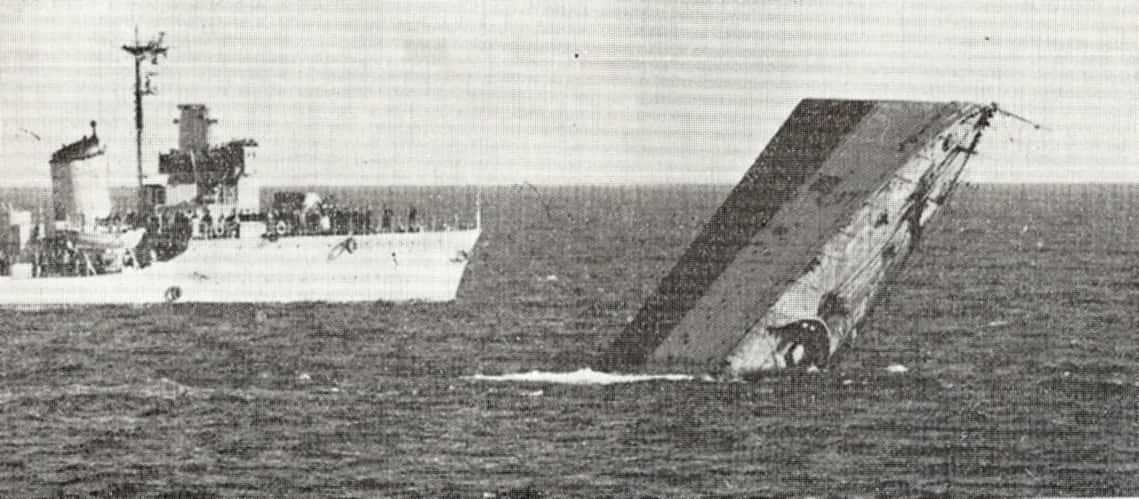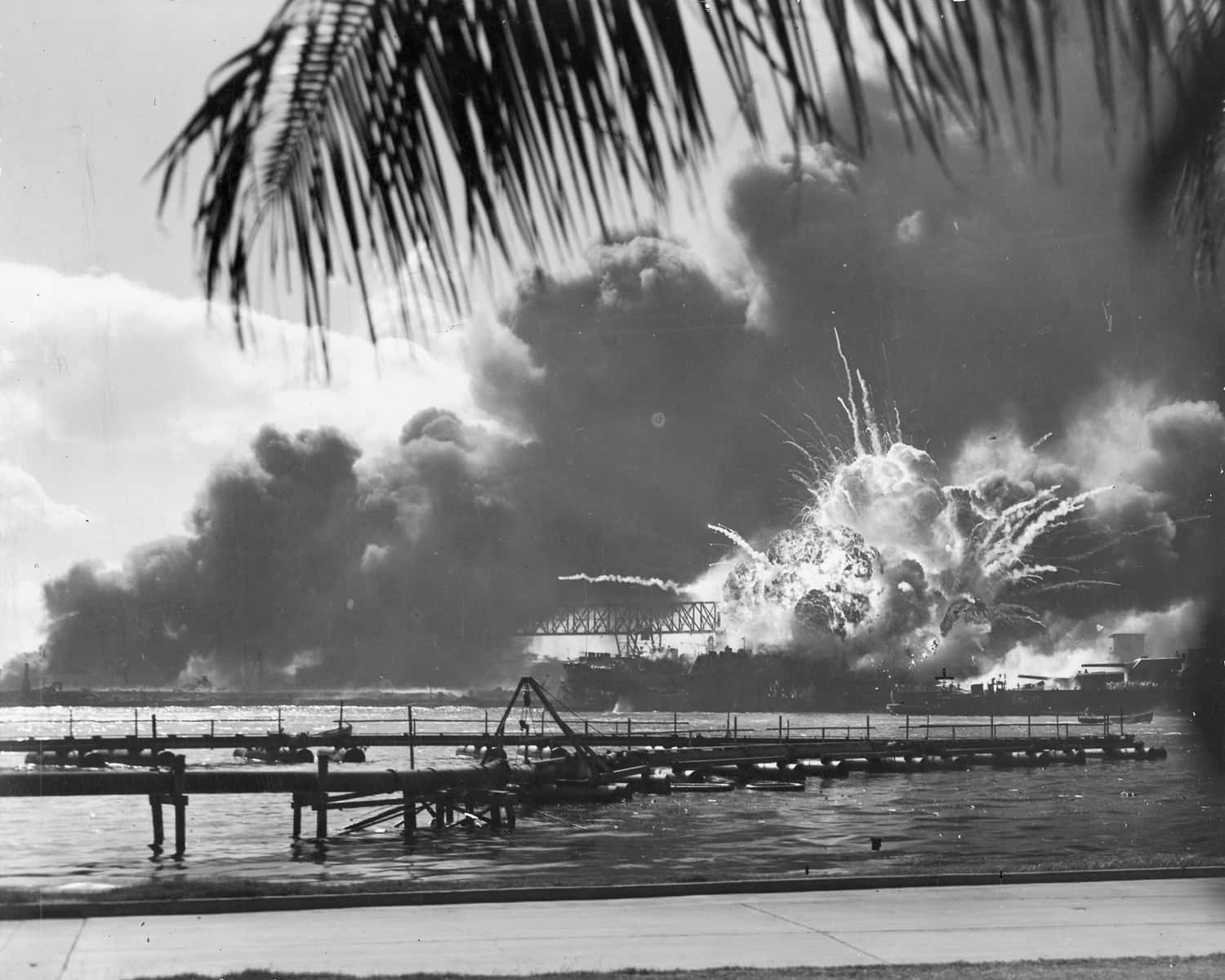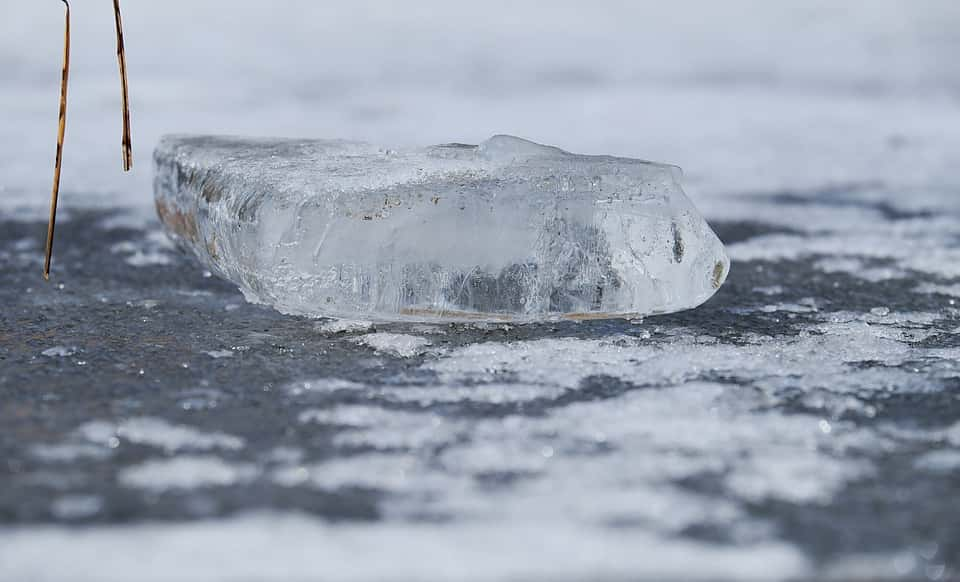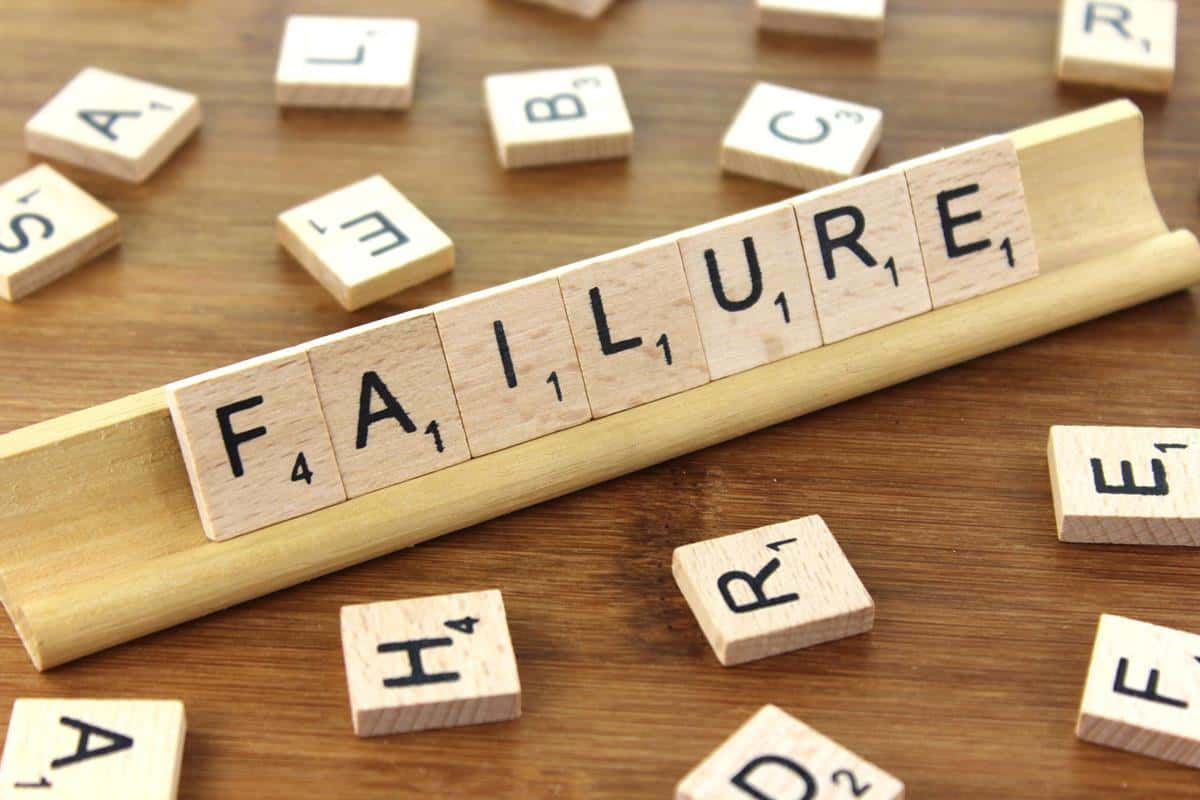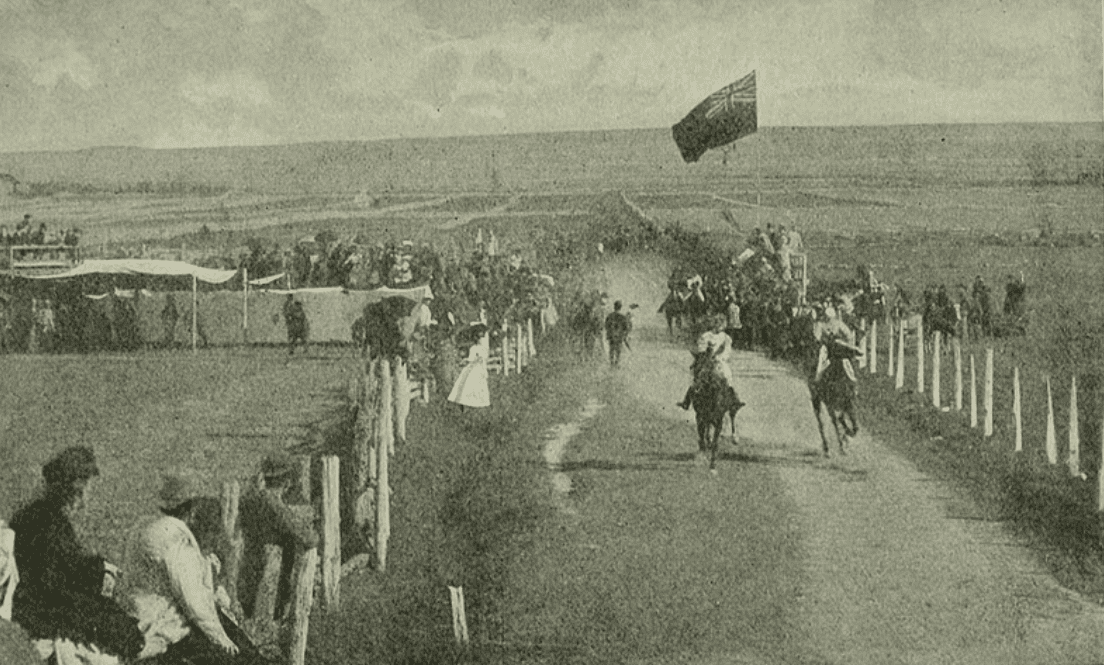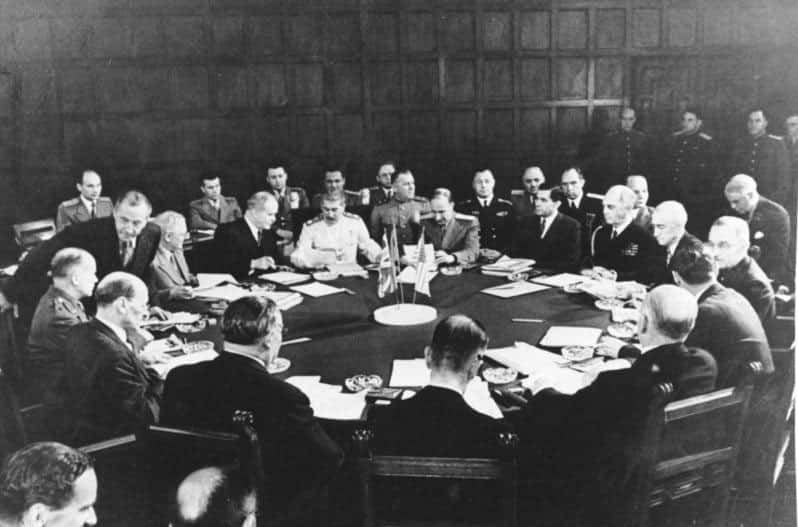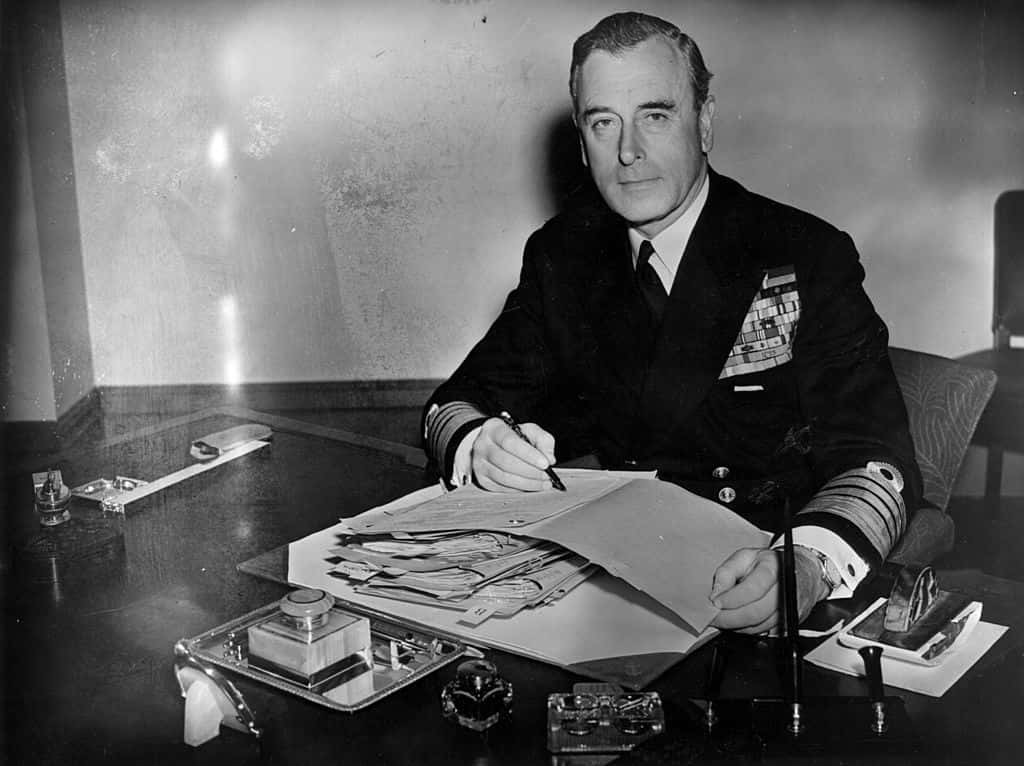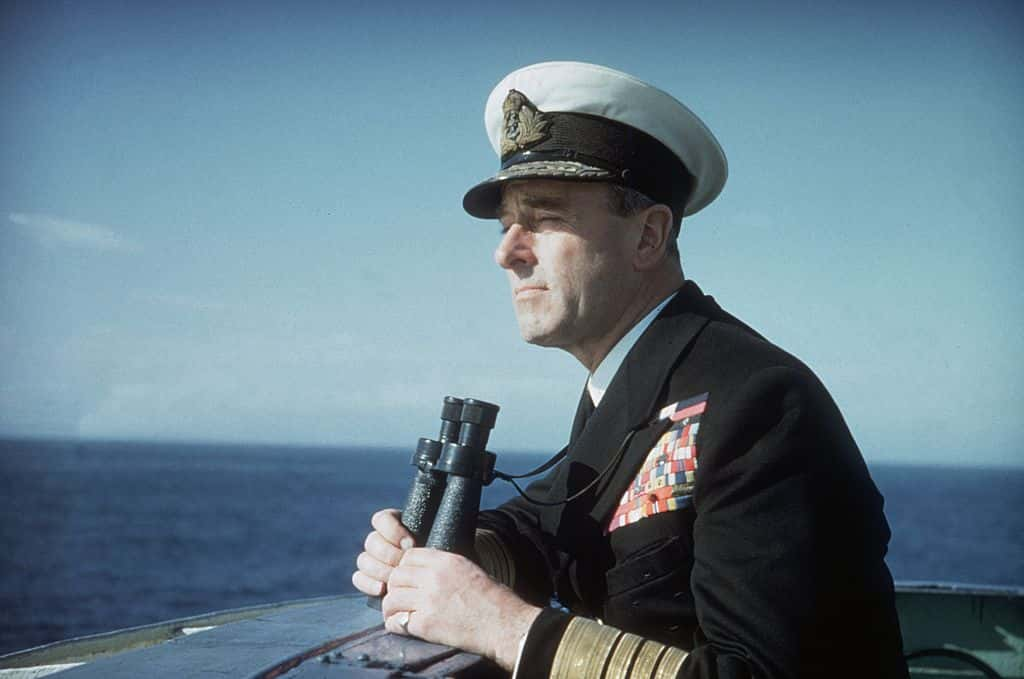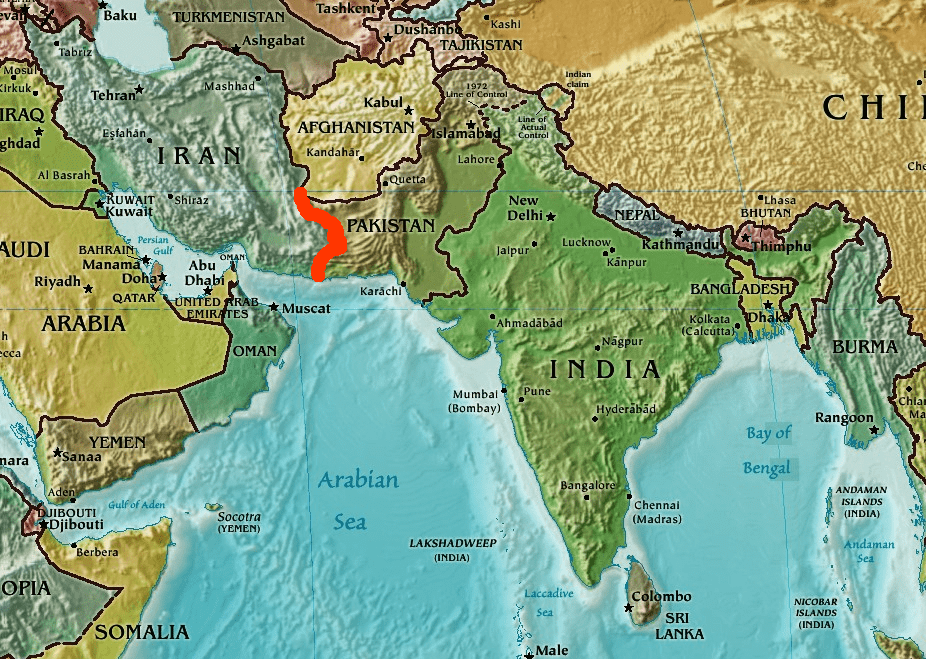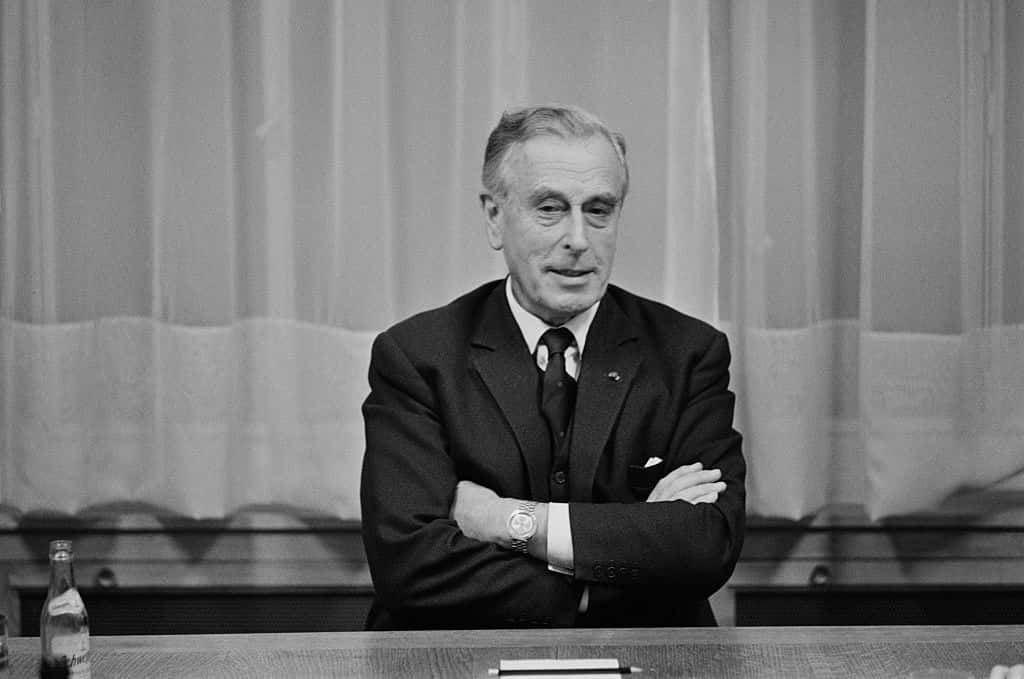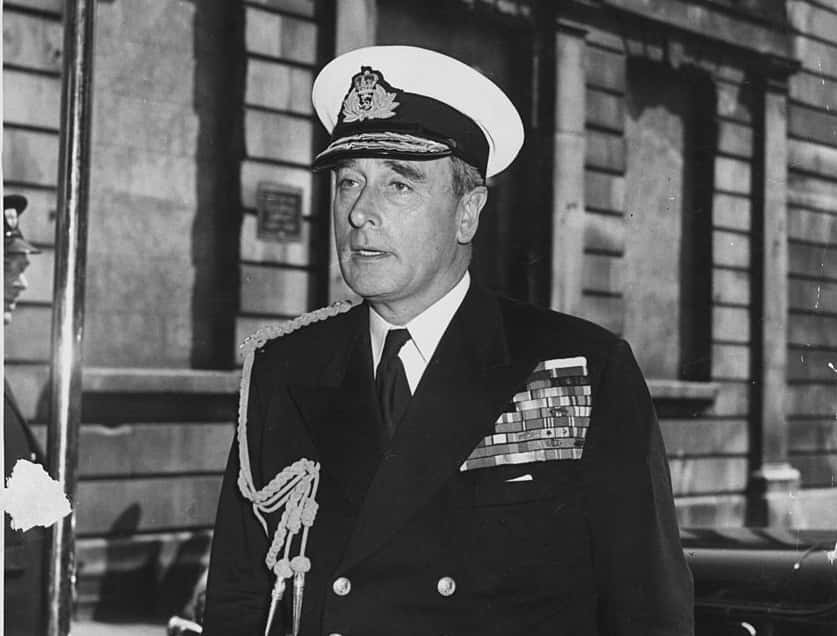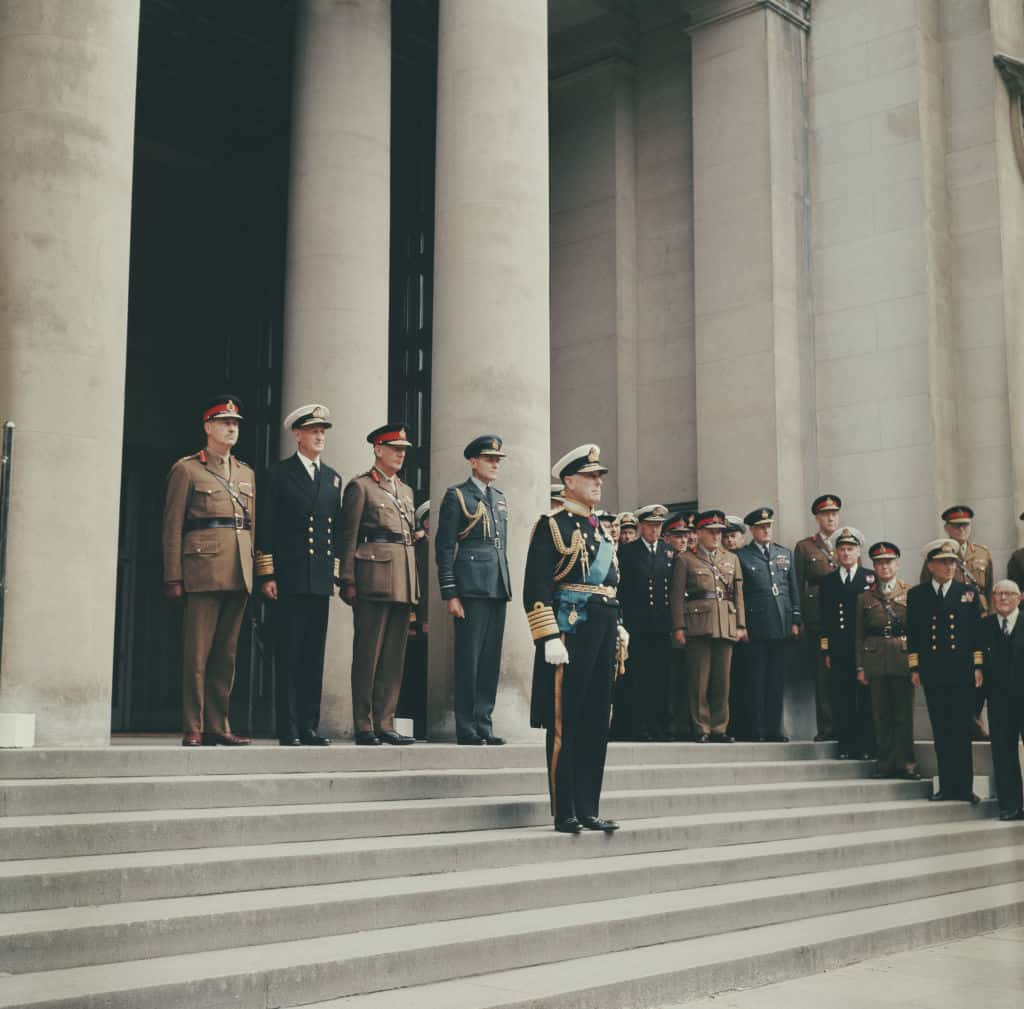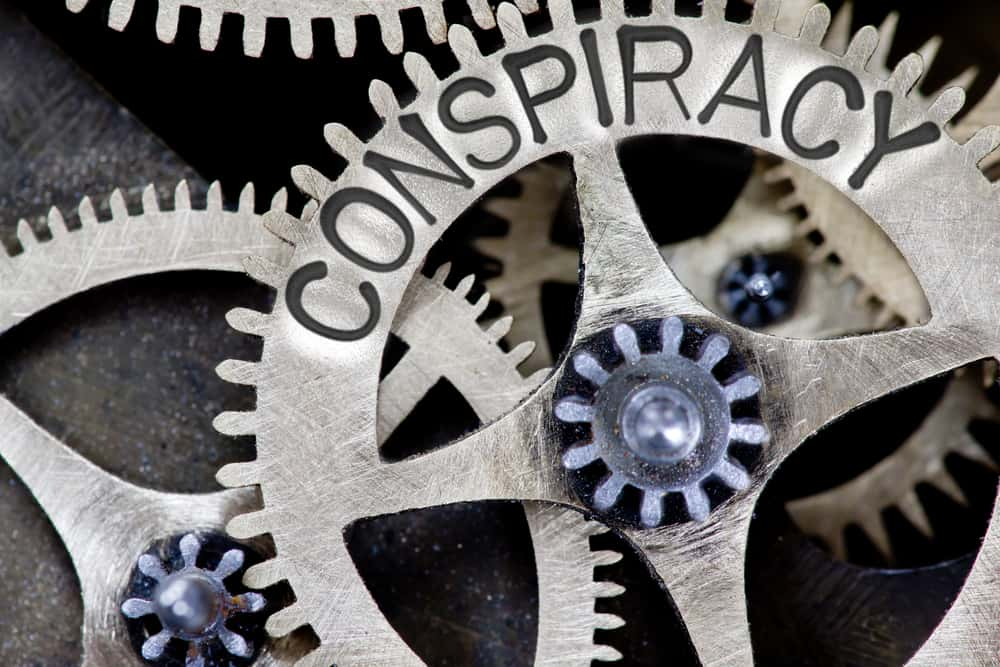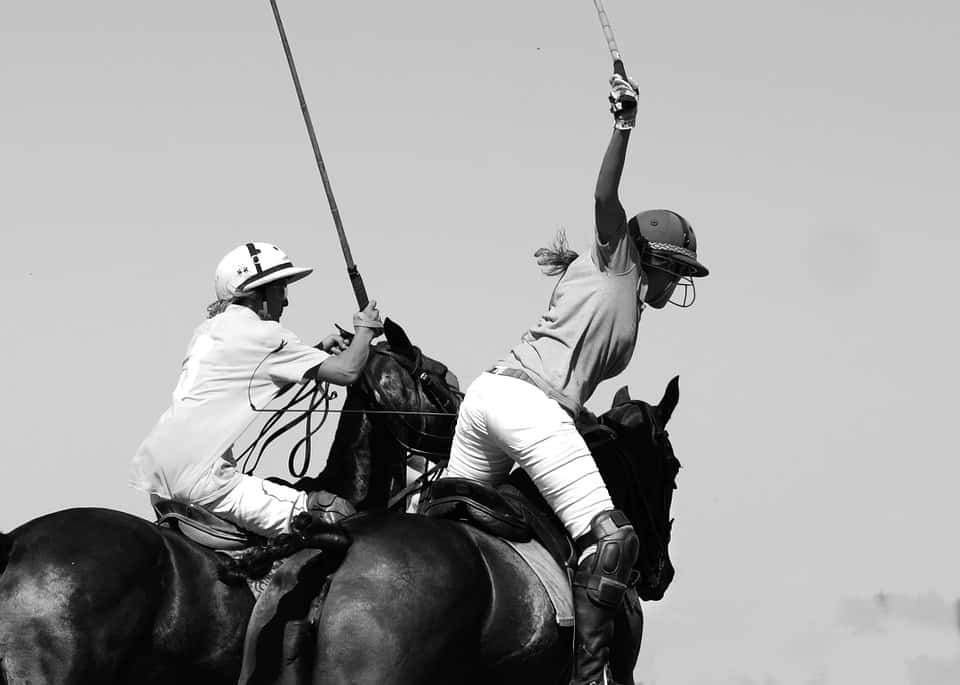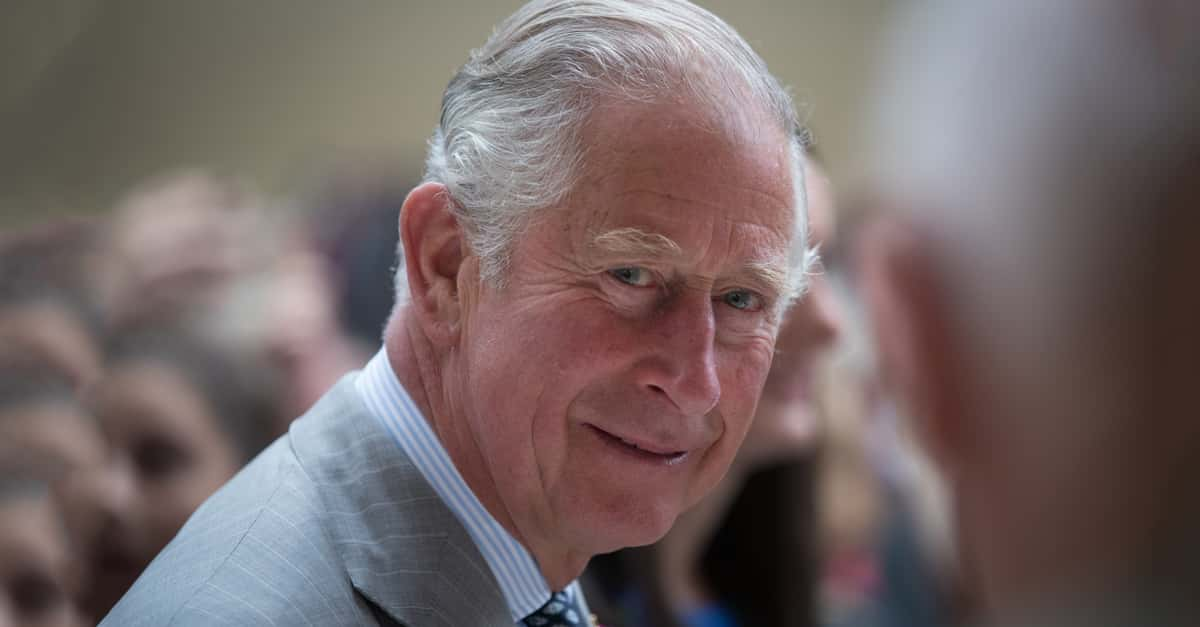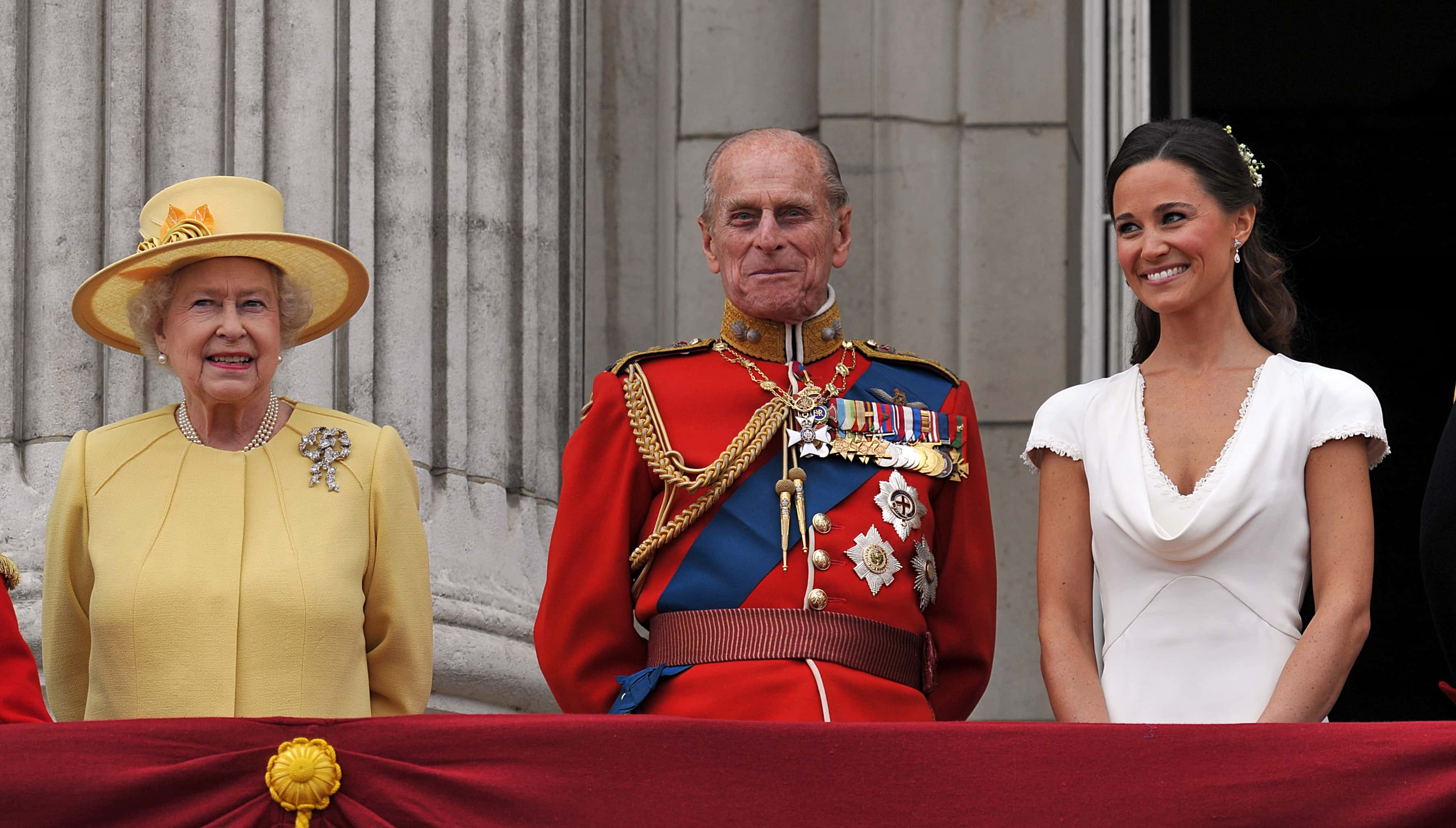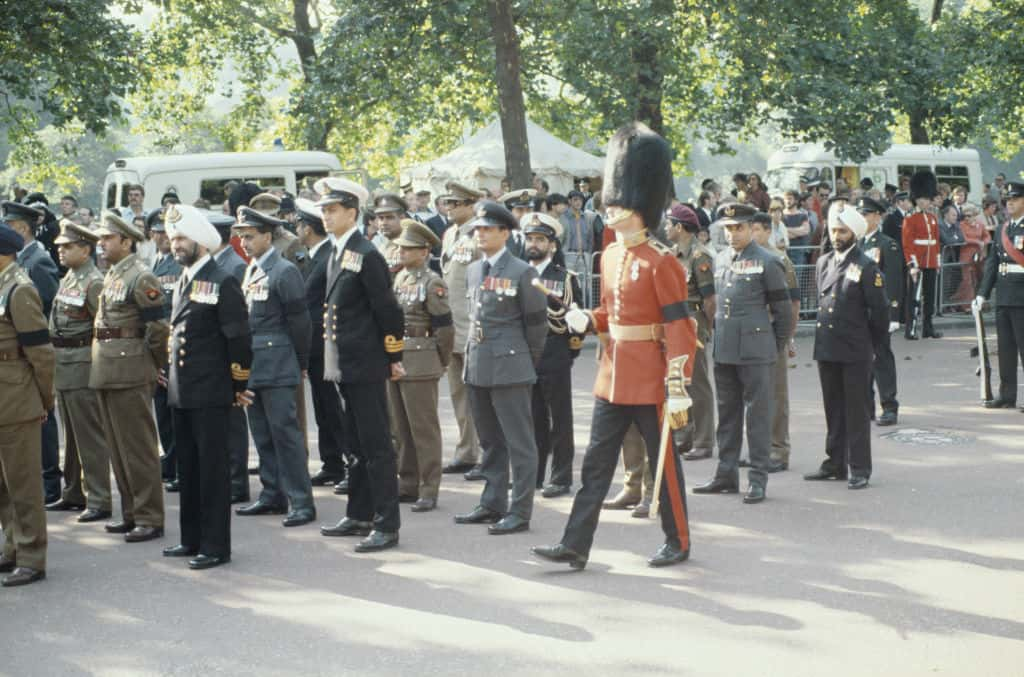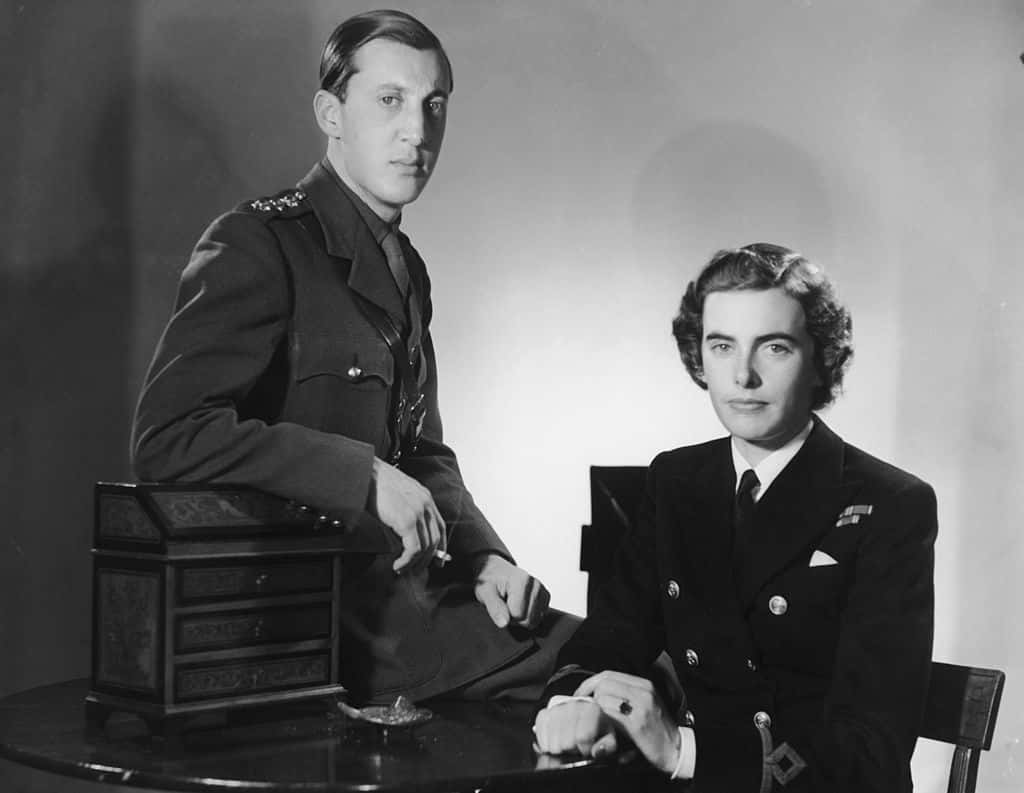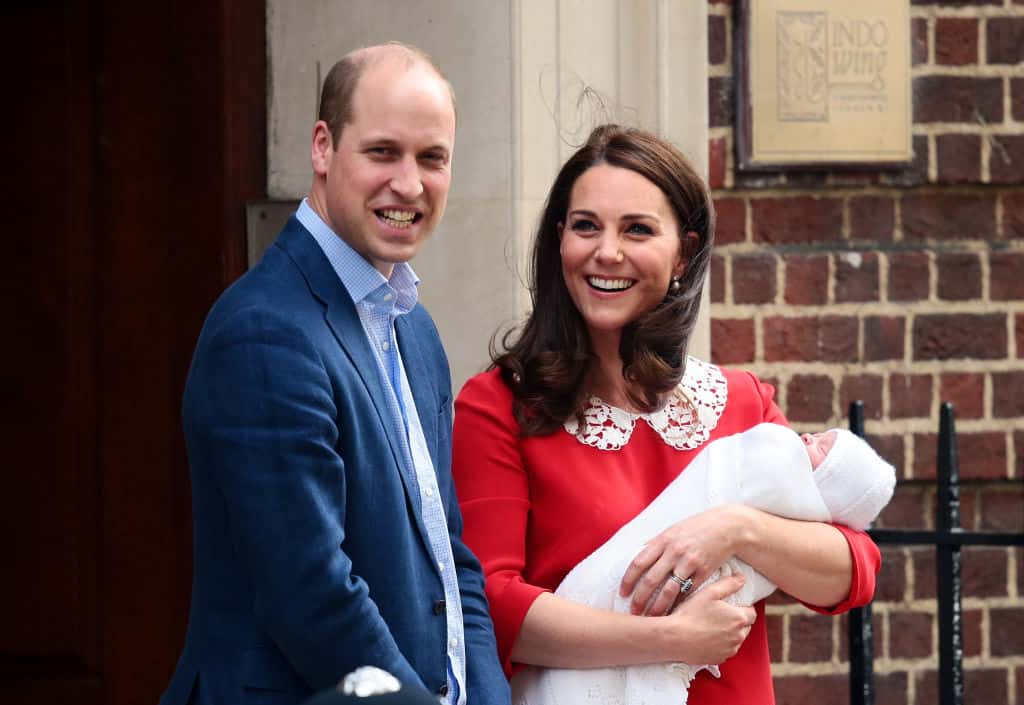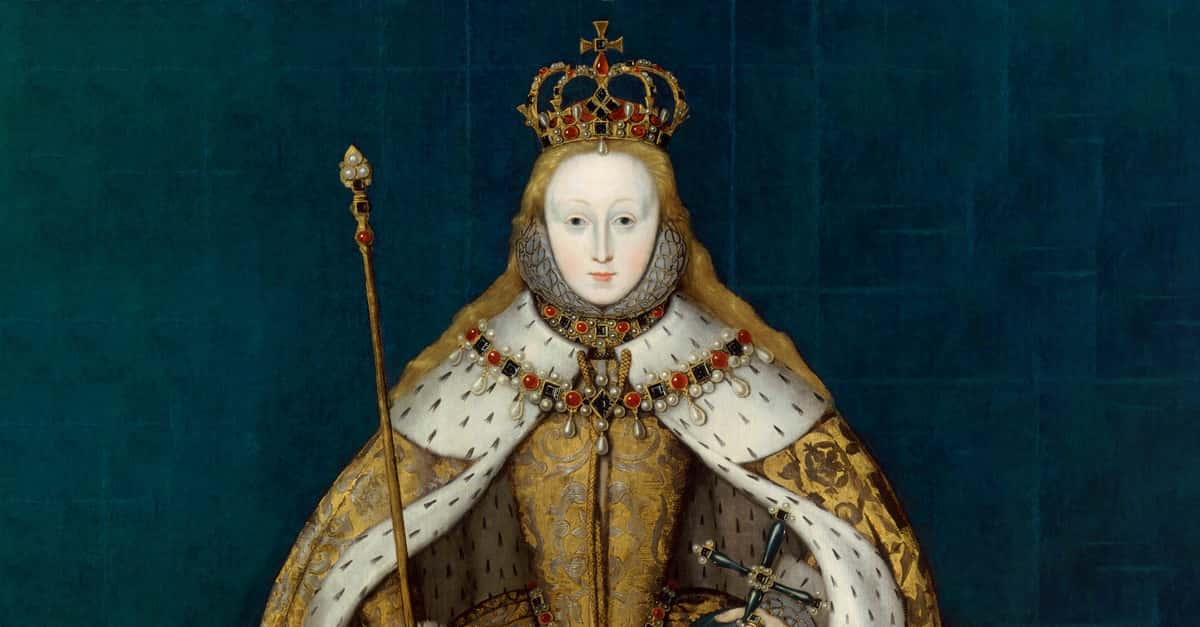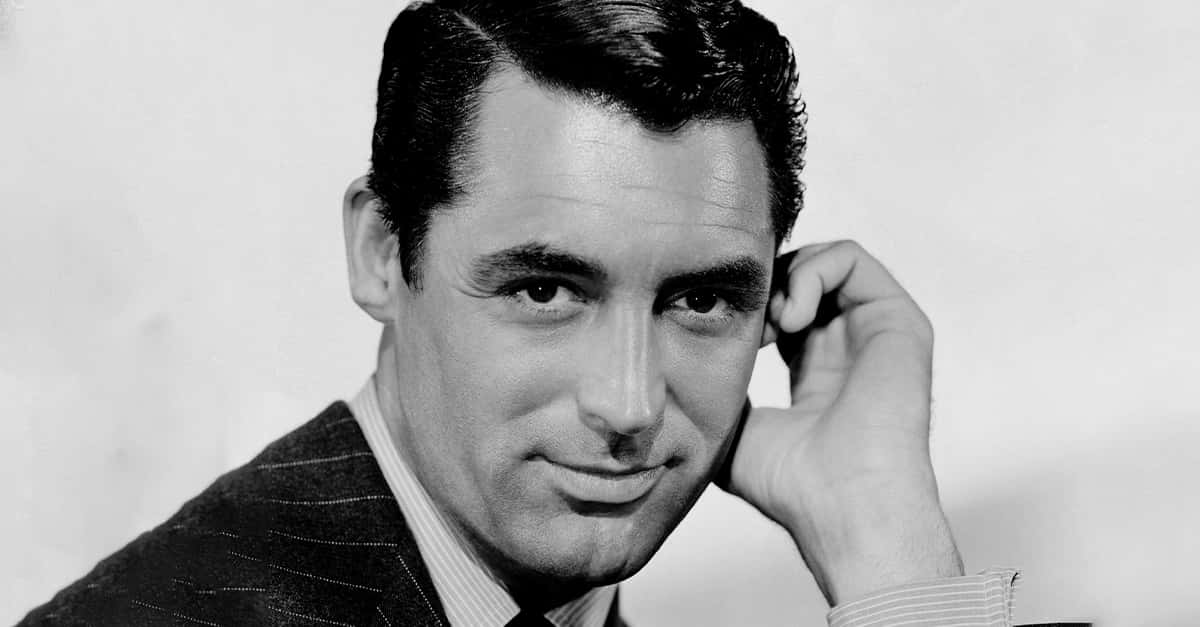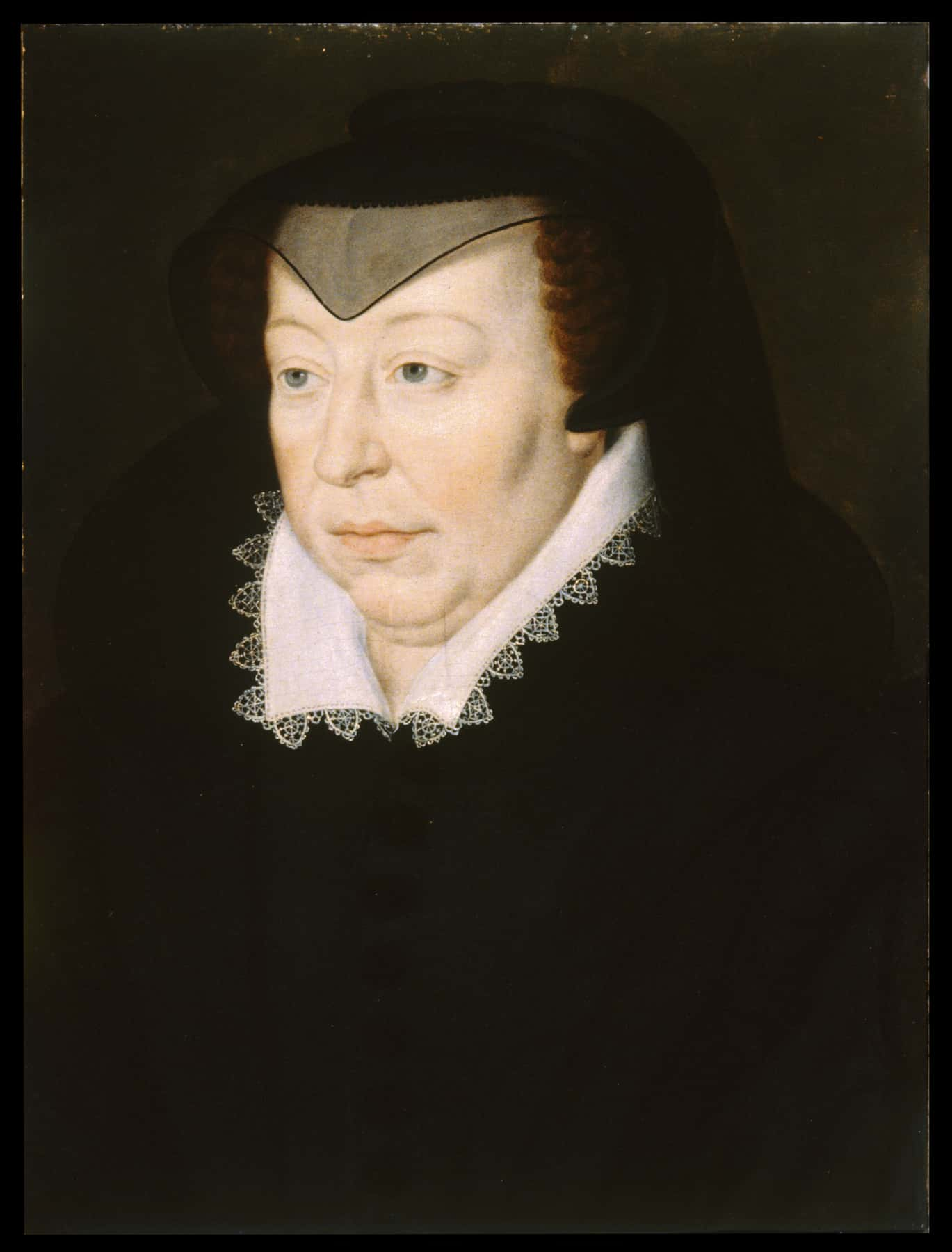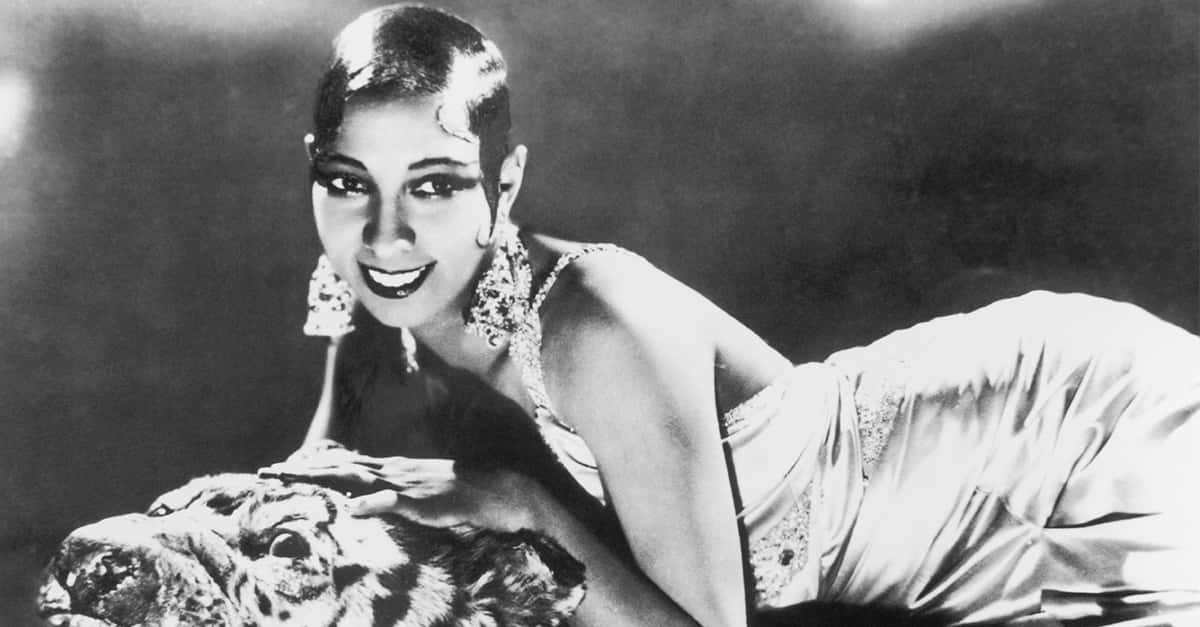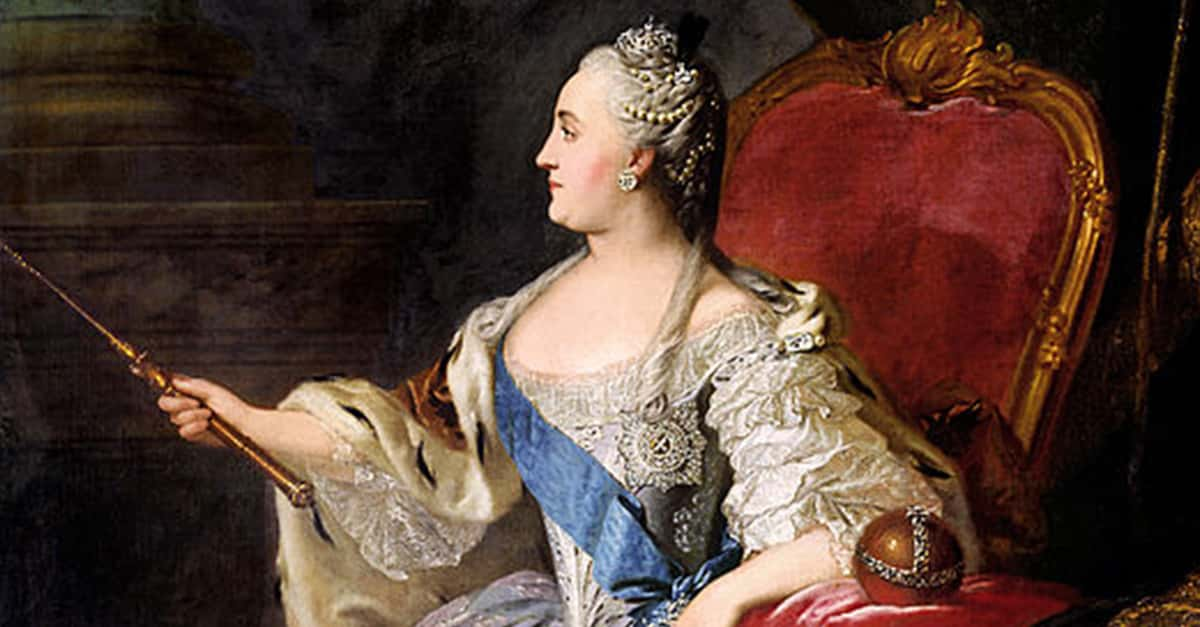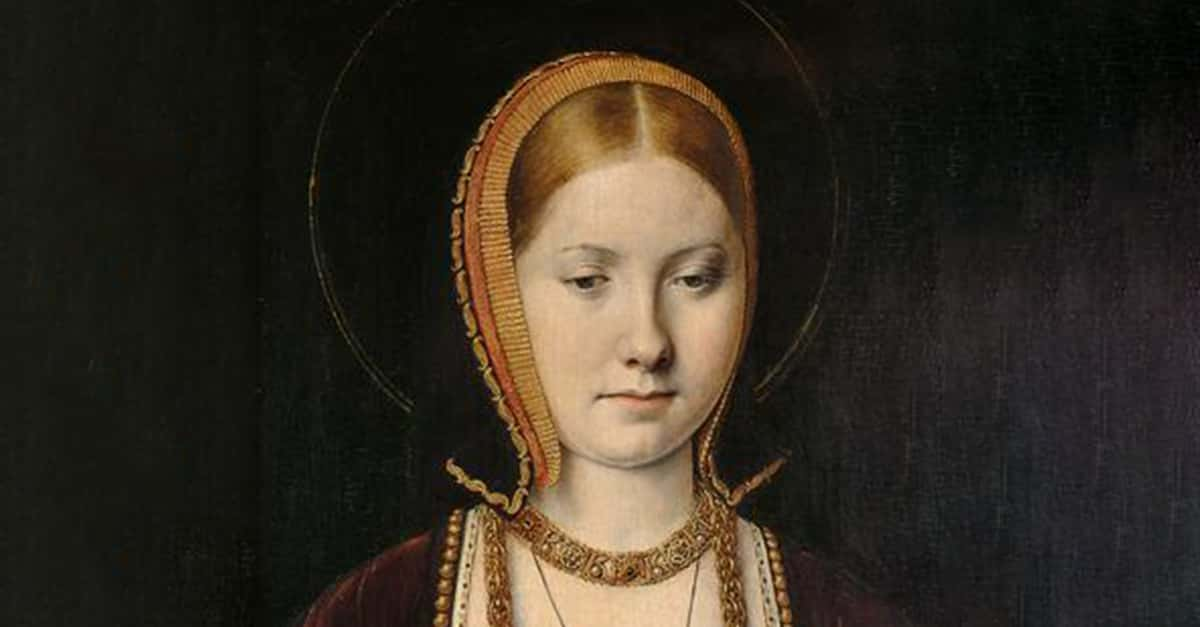Aristocrat, war hero, diplomat, inventor…Lord Louis Mountbatten, the 1st Earl Mountbatten of Burma, wore many hats. Or he did until his untimely death, when the Irish Republican Army assassinated him in 1979. As a senior member of the British royal family, he participated in some of the biggest events of the 20th century, from war to secret plots to chilling personal drama.
Though his royal relatives loved Mountbatten, recent allegations suggest that he had a dark and sinister side. Here are 43 aristocratic facts about the controversial Lord Mountbatten.
Lord Mountbatten Facts
1. A World of Privilege
Louis Mountbatten, also known as 1st Earl Mountbatten of Burma, entered the world at Frogmore House in Berkshire, England, on June 25, 1900. He was the youngest son of Prince Louis of Battenberg and Princess Victoria of Hesse and By Rhine. Through his parentage, Mountbatten enjoyed connections to the royal families of Germany, England, and Russia. Fancy, shmancy for sure.
2. Connections
If the name Mountbatten sounds familiar, you might be a fan of the TV show The Crown. After all, Lord Mountbatten is Queen Elizabeth II's second cousin and the uncle of Elizabeth’s husband, Prince Phillip. Don't think too hard about how this suggests that the English royal family marries its own relatives. Instead, think about how neat it is that Mountbatten is related to the British royal family twice over.
3. Nick Name
Mountbatten was born His Serene Highness, Prince Louis Francis Albert Victor Nicholas of Battenberg, but understandably, the royal family decided to use a nickname. Everyone called him Dickey for short. Queen Victoria preferred to call him Nicky, but there were so many Nickys among their Russian relatives that it was simply too confusing. Dickey would have to do.
4. What’s in a Name?
Though Mountbatten was born a prince, like most of his family, he dropped his German titles following Germany’s defeat in World War I. From that point on, they assumed the surname Mountbatten-Windsor.
5. Hand-Me-Downs
Mountbatten was baptized at his home in Frogmore, where the little tyke wore an 1841 royal christening gown. The garment has quite the legacy. No fewer than six kings and queens, including Queen Elizabeth II, wore the robe. Not content to merely wear history, little Mountbatten also got connected with the up-and-ups very quickly. His godparents were Queen Victoria and Tsar Nicholas II.
6. Kissing Cousins
Mountbatten was a relative of the Russian royal family, and a frequent guest at the Imperial Court in St. Petersburg. Over the course of these visits, Mountbatten fell passionately in love with his first cousin, the Grand Duchess Maria Nikolaevna. Sadly, he was doomed to heartbreak. Even after Nikolaevna’s death at the hands of Communist revolutionaries, and his eventual marriage to Edwina Ashley, Mountbatten kept a picture of the duchess by his bedside.
7. In the Navy
After training at the Royal Naval College, Mountbatten joined the Royal Navy as a midshipman in 1916. At this time, World War I was at its height. Mountbatten saw action serving aboard HMS Lion and HMS Queen Elizabeth.
8. I’m the Captain Now
After the war—and a brief stint studying English Literature at Cambridge—Mountbatten rejoined the navy. He rose through the ranks on a number of battleships and Mountbatten finally won command of his own ship. Appropriately, the ship was named the HMS Daring in 1934.
9. The Patented Method
Mountbatten took a special interest in naval technology. He studied, and later became an instructor, at the Portsmouth Signals School. The royal even earned a patent for designing a system which allowed two ships to remain in a fixed relative position. A true royal nerd.
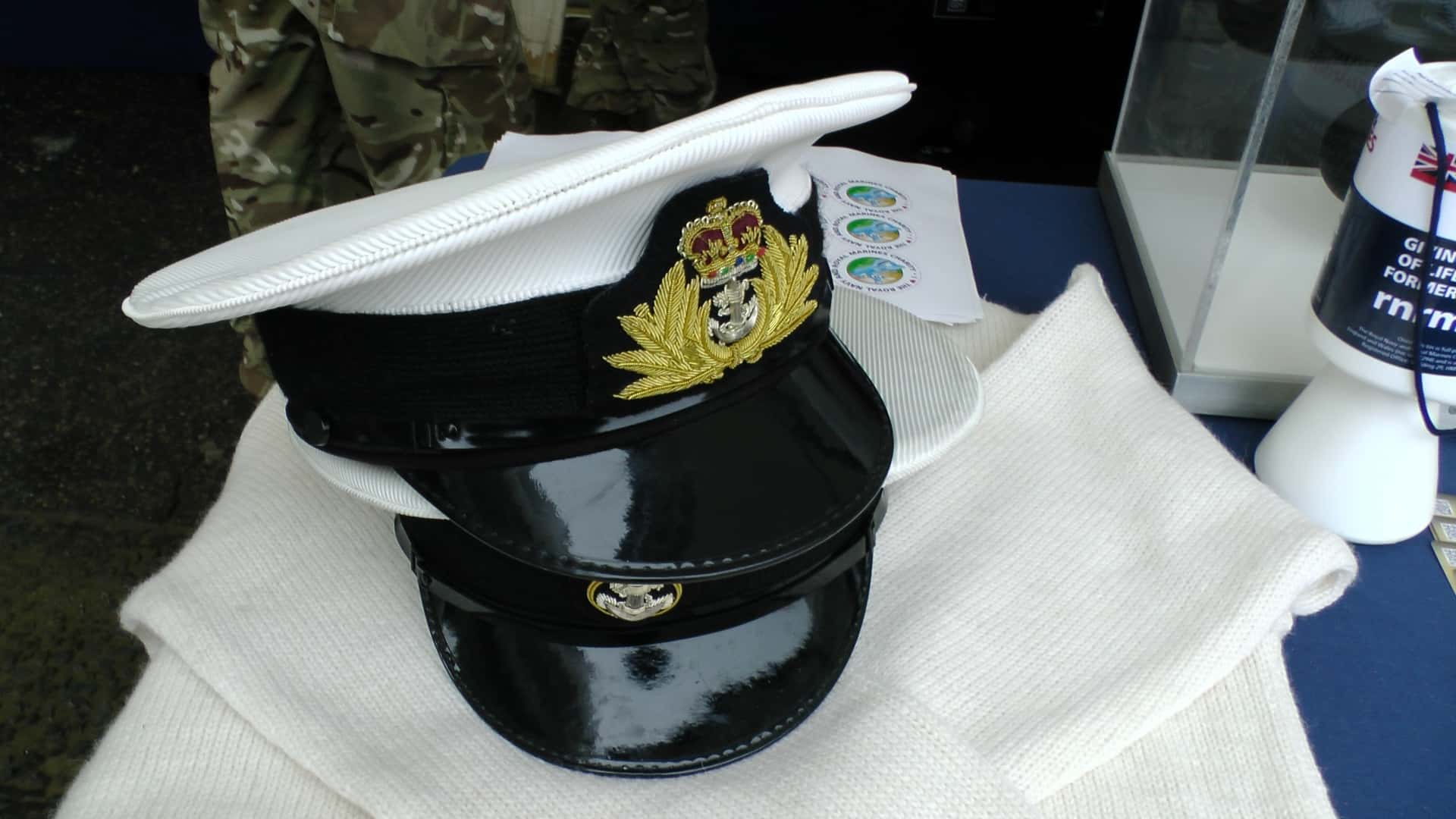 Public Domain Pictures
Public Domain Pictures
10. Extracurricular Activities
In 1922, Mountbatten married English heiress Edwina Ashley. Although they remained married until her death in 1960, their union was a complete disaster. Both carried out numerous affairs. So many people knew about Mountbatten’s years-long affair with French socialite Yola Letellier that it served as the basis for a novel. Not to be outdone, Edwina shared a longstanding relationship with Indian independence leader Jawaharlal Nehru.
11. Rewriting the Rules
Somewhere between their affairs, Mountbatten and Edwina found time to have two daughters. The marriage produced no sons, which left them in a tricky spot. When Mountbatten became Viscount in 1946, he drafted the title in such a way that it could be legally passed to his eldest daughter.
12. Viscount on Me!
Until that point, people called Mountbatten Lord Louis Mountbatten purely as a courtesy. In 1946, in recognition of his military service, the powers-that-be formally minted him as Viscount Mountbatten of Burma, of Romsey in the County of Southampton.
13. Need A Lift?
With the start of World War II, Mountbatten became commander of the fifth Destroyer Flotilla. His first order of business, as commander of HMS Kelly, involved a very scandalous royal situation. Mountbatten had to deliver the Duke of Windsor back to England. The Duke—formerly—had been living in France since his abdication.
14. The Family Jewels
Mountbatten still thought highly of the former king, and was disappointed when he, along with other royal family members, was barred from attending his wedding. At the same time, Mountbatten didn't mind that the Duke of Windsor's wife Wallis Simpson couldn't attend his nuptials. He had one heck of a reason to dislike her.
Mountbatten believed that on the couple’s last visit to Windsor Castle, Simpson did something unforgivable. He suspected that she stole some jewels that belonged to his father.
15. Check Your Drawers!
The jewels had tremendous sentimental value for Mountbatten, but he never recovered them. If Simpson did steal them, they were likely auctioned off with many of her other belongings in the 1970s. Perhaps they are still out there…
16. Jumping Ship
In 1940, Mountbatten’s ship, the Kelly, was torpedoed. Though the ship was severely damaged, Mountbatten was uninjured, and switched his command to HMS Javelin. Within months, tragedy struck again. The Javelin was torpedoed as well. Mountbatten resumed his command in the newly repaired HMS Kelly.
17. The Unluckiest Man in the Navy
Unfortunately for Mountbatten, bad news comes in threes. His just-fixed ship, the Kelly, was quickly sunk by dive bombers in March 1941. Womp womp.
18. English Food Will Do That To You
Of course, Mountbatten wasn’t strictly a victim. In 1939, his crew sunk a German U-boat. His boat captured the German sailors and took them to the Tower of London. When the captain of the U-boat protested about the accommodations, Mountbatten himself appeared, and offered to take the sailor out to dinner, so long as he promised not to escape. By all accounts, the two navy men enjoyed their evening, and the German sailor dutifully reported back to the Tower of London.
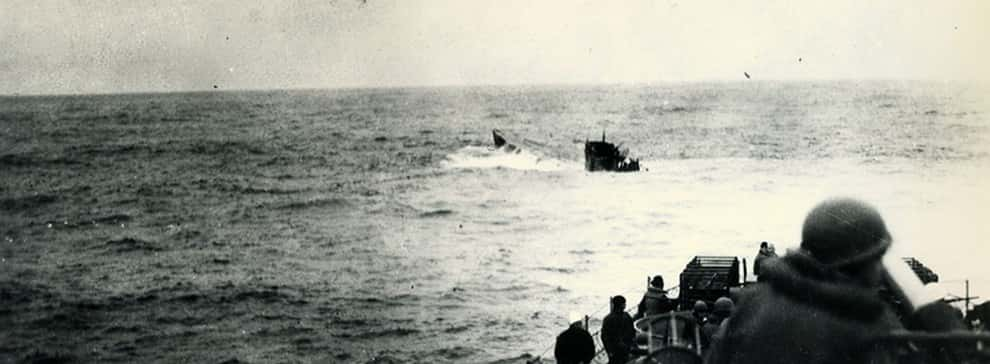 Naval History and Heritage Command - Navy.mil
Naval History and Heritage Command - Navy.mil
19. I Hate to Say I Told You So
While in command of the aircraft carrier HMS Illustrious, Mountbatten visited the US naval base at Pearl Harbor. Shocked by what he perceived as a lack of security and preparedness, Mountbatten made an utterly chilling prediction. He said that the US would be dragged into the war by a surprise Japanese attack. American officers scoffed, but of course, Mountbatten was vindicated just three months later.
20. Frozen Assets
Mountbatten was promoted to Commodore in 1941. He soon led a number of naval construction projects, including an underwater oil pipeline between England and France, and the development of amphibious tank carriers. His most ambitious project, Project Habakkuk, would have seen the construction of a giant aircraft carrier made of ice (um, okay). The project was never realized.
21. Failing Up
Mountbatten's lowest career point had disastrous consequences when the royal oversaw the Dieppe Raid. The brutal raid saw 60% casualties and is considered one of the biggest failures of his naval career. Weirdly enough, the catastrophe did not seem to hurt his career, however, as we was enlisted to help plan for the D-Day raid. It's almost like royals are given more chances and opportunities than regular people, huh?
22. Persona Non Grata, Eh?
The majority of casualties during the raid on Dieppe came from Canada. Mountbatten became deeply unpopular in the former colony. In later years, the Royal Canadian Legion kept him at arm’s length whenever he visited the country.
23. Know Your Audience
Mountbatten attended the 1945 Potsdam Conference, alongside the leaders of the three Allied powers. Mountbatten, eager for an invite to the Soviet Union, tried to cozy up to Soviet chairman Josef Stalin. The Brit started listing his connections to the Russian royal family. Stalin, obviously unimpressed, merely asked Mountbatten if he’d been to Russia lately. Ouch.
24. The Far East
Mountbatten spent the final years of the war in Southeast Asia. As Supreme Allied Commander of the Southeast Asian Theater, he oversaw the Japanese surrender of Burma and Singapore. Mountbatten’s knowledge of the region would come in handy for his post-war career.
25. Screen Time
Mountbatten’s experiences as Supreme Allied Commander in Southeast Asia were later turned into a television series for the BBC. Mountbatten: The Last Viceroy starred Nicol Williamson in the title role.
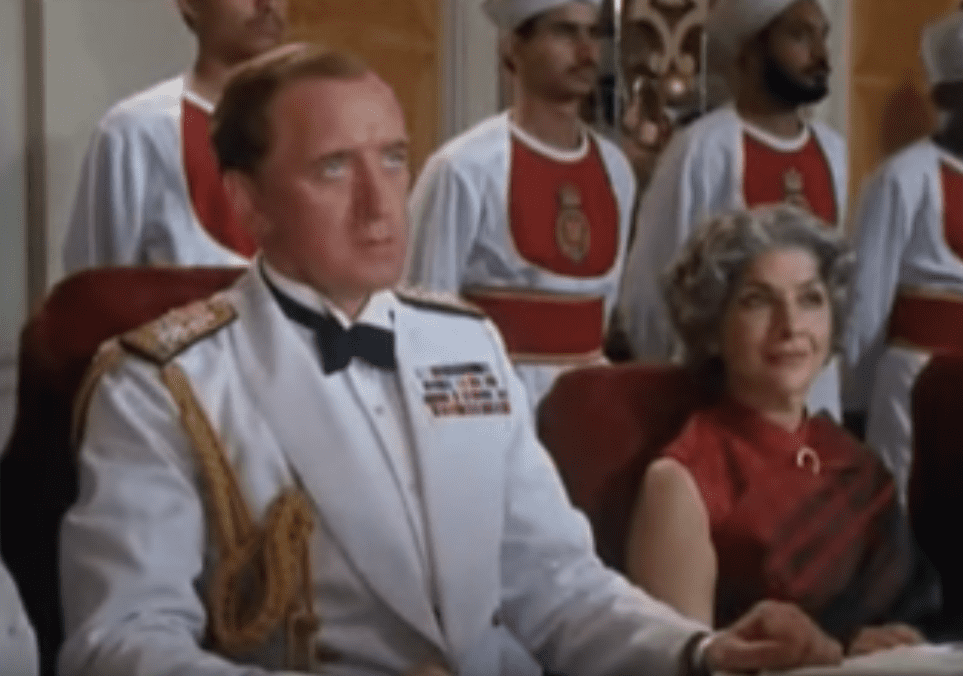 Lord Mountbatten - The Last Viceroy, BBC
Lord Mountbatten - The Last Viceroy, BBC
26. Washing His Hands
After the war, Mountbatten became Viceroy to India. That country only recently won its independence from the British empire, and Mountbatten’s job was to make the transition from colonial property to independent nation as seamless as possible.
This was no easy task. India was on the verge of civil war, divided between followers of Jawaharlal Nehru (who was also, awkwardly, Mountbatten's wife's boyfriend), who wanted a united, Hindu-led India, and Mohammad Ali Jinnah, who wanted a separate Muslim state. Rather than risk England’s involvement, Mountbatten insisted on granting India independence a.s.a.p.
27. Breaking Bad
Mountbatten’s recommendations proved unrealistic, and he had to reckon with the sectarian tensions in India. It became clear that the only way to avoid a civil war was partition. On August 15, 1947, both India and the newly created state of Pakistan gained independence. As we now know, tensions have existed between the two countries ever since.
28. Thanks, But No Thanks
Mountbatten remained in India for another year, serving as the country’s first Governor General. He offered to do the same for Pakistan, but they declined.
29. Lord of the Seas
Upon his return from India, Mountbatten was appointed First Sea Lord (honestly, one of the cooler military titles), the highest position in the Royal Navy. It was a position once held by his father, Prince Louis of Battenberg. They are the only father-son duo to ever hold the position.
30. Pacified
As Sea Lord, Mountbatten was privy to the rapid development of nuclear arms. The more he learned of their destructive capabilities, the more he realized the dark truth behind all the excitement and development. These super-weapons were completely dangerous. He even wrote an article opposing them, but of course, it was not published until after his death.
31. Joining the Ministry
Mountbatten’s term as Sea Lord ended in 1959 (RIP best military title), when he became the Chief of Defence Staff, the highest rank within the British military. Mountbatten’s major accomplishment during this time was unifying the three military departments of the government—the army, navy, and air force—into a single Ministry of Defence.
32. Follow the Plot
According to one former officer of MI5, Mountbatten was secretly part of a chilling conspiracy. Right-wing actors planned to overthrow the British government. A group of about 30 MI5 agents, led by conservative press baron Cecil King, planned to depose the left-leaning prime minister Harold Wilson in 1968 and replace him with Mountbatten. The plan fell apart when Mountbatten got cold feet.
33. Marco!
Mountbatten enjoyed one sport above all others, and that was polo. Not only did he write a book on the subject, he also held a US patent for a modified type of polo mallet.
34. Charles in Charge
Lord Mountbatten is notable for his mentorship of the famous royal Prince Charles (the father of William and Harry). Charles identified Mountbatten as his “honorary grandfather.” Mountbatten even tried to arrange a marriage between his granddaughter, Amanda Knatchbull, and the heir to the throne. Charles did propose, but his romantic gesture was doomed to a heartbreaking end.
Knatchbull turned him down. Seeing as how well Charles treated Diana, Knatchbull might have had the right idea.
35. The Matchmaker
Despite this failure, Mountbatten had a pretty steady track record as a matchmaker. He introduced Prince Phillip and Queen Elizabeth II. D'aww.
36. Darkest Holiday
Mountbatten went on holiday in 1979, fishing off the coast of Mullaghmore, Ireland. Little did he know, it would be his last happy memory. Unbeknownst to Mountbatten, members of the Irish Republican Army rigged the boat to explode. Mountbatten was killed and that's not even the worst part. His two grandsons, Nicholas and Paul, and Lady Brabourne also died in the carnage.
37. Luck o’ the Irish
The man who planted the bomb, Thomas McMahon, was already arrested before the bomb went off. Police took McMahon to jail on suspicion of driving a stolen car. When the bomb went off two hours later, police noticed the flecks of paint on McMahon's clothes, which matched Mountbatten’s boat. McMahon was sentenced to life imprisonment, but freed as part of the Good Friday Agreement.
38. It’s My Party
Ever prepared, Mountbatten planned his funeral before his death. The public ceremony was held at Westminster Abbey, and attended by military representatives from the UK, France, Canada, India, Myanmar, and the US. At Mountbatten’s request, he was embalmed by Desmond Henley, who embalmed several other members of the Royal Family.
39. Shocking Allegations
In 2019, the FBI released decades-old documents that made disturbing allegations about Mountbatten's dark secret. He was, in their words, “a homosexual with a perversion for young boys.” A British-American socialite, Baroness Decies, alerted the FBI to Mountbatten’s alleged pedophilia. Soon enough, others would come out of the woodwork with their own chilling stories.
40. His Secret Shame
The Baroness was not the only one to level allegations at Mountbatten. Mountbatten’s former driver revealed that he would frequently deliver Mountbatten to a gay brothel in Morocco. Another driver admitted to bringing boys as young as 12 to Mountbatten’s home. One male sex worker in England claims that the royal was one of his clients. He also said that Mountbatten preferred young men in uniform.
41. Road Scholar
In 1984, Mountbatten’s eldest daughter, Patricia, honored her father’s memory by founding the Mountbatten Institute. The Institute, headquartered in New York and London, facilitates international study for post-graduate students. We wonder if their commemorative plaque mentions facts 39 and 40?
42. Sounds Familiar
The most recent royal baby, a son born to Prince William and his wife, Kate Middleton, is named after Lord Mountbatten. Louis Arthur Charles Windsor, Prince Louis of Cambridge, was born on April 23, 2018.



